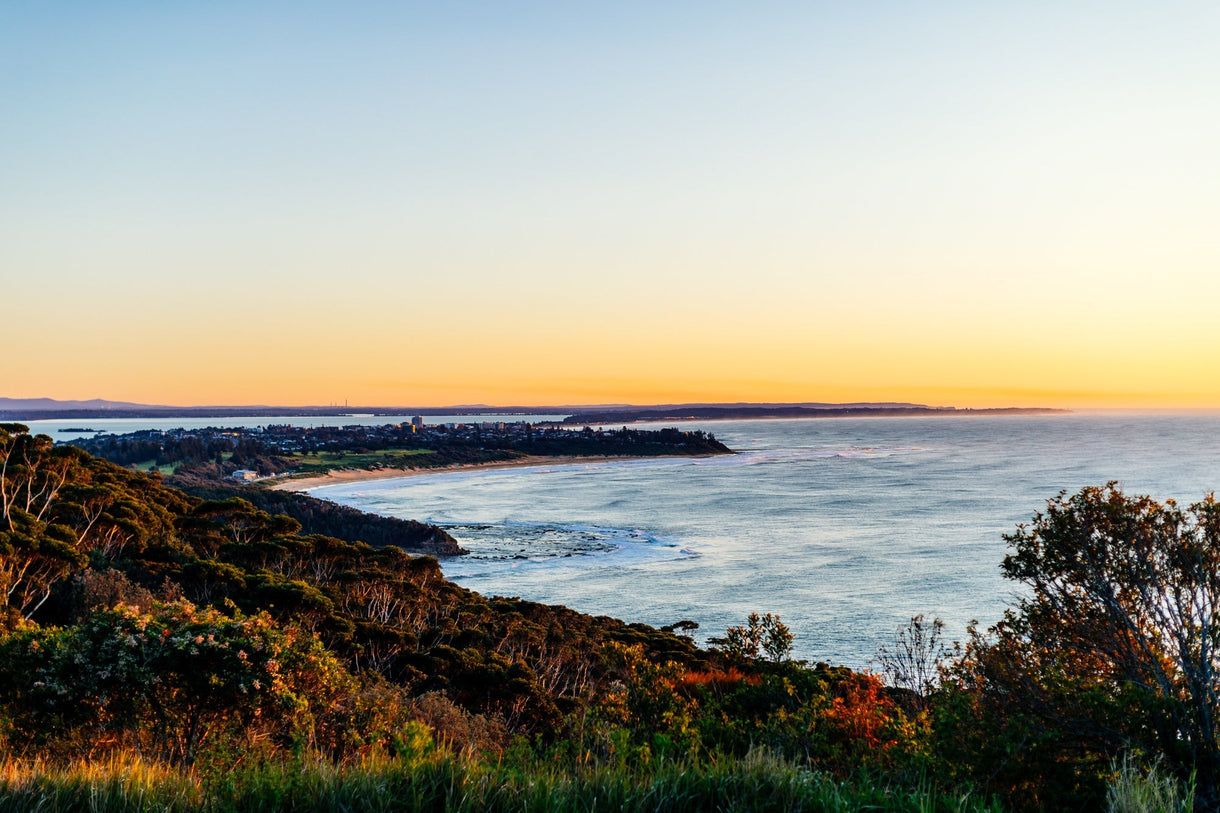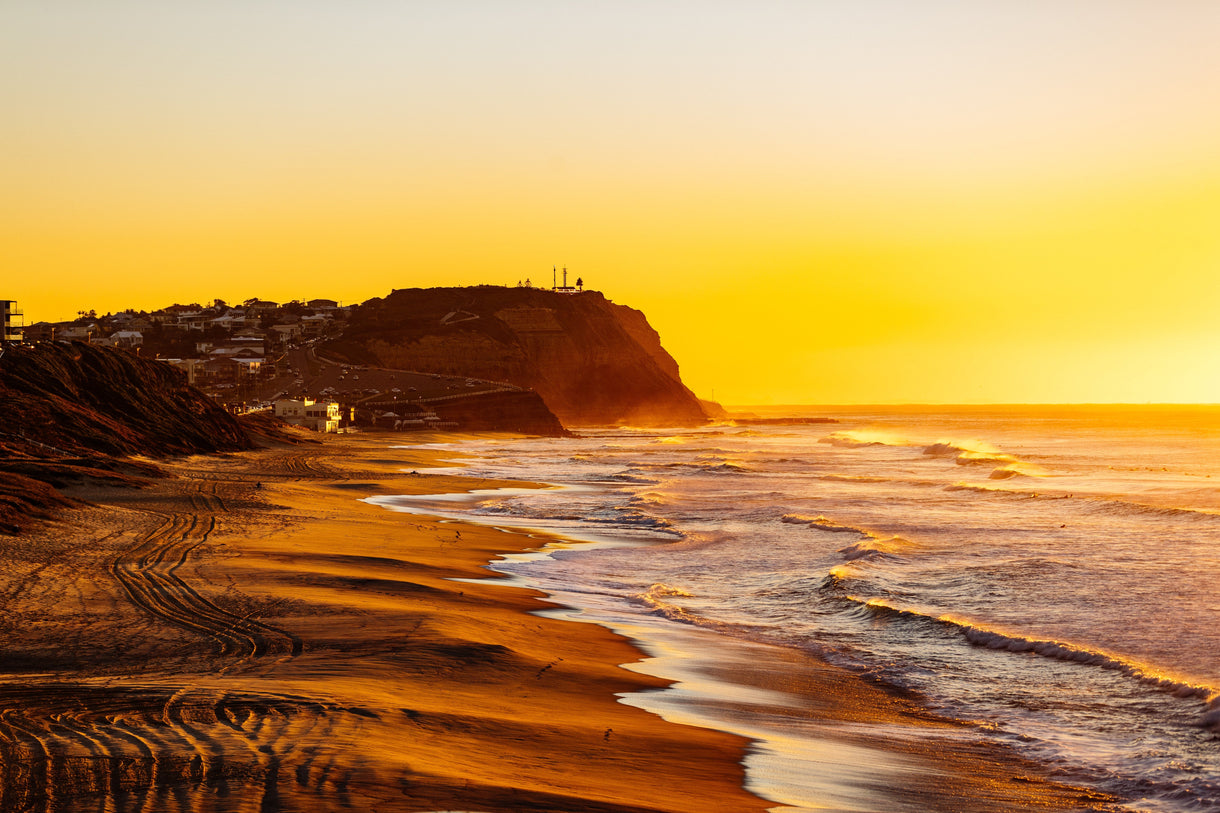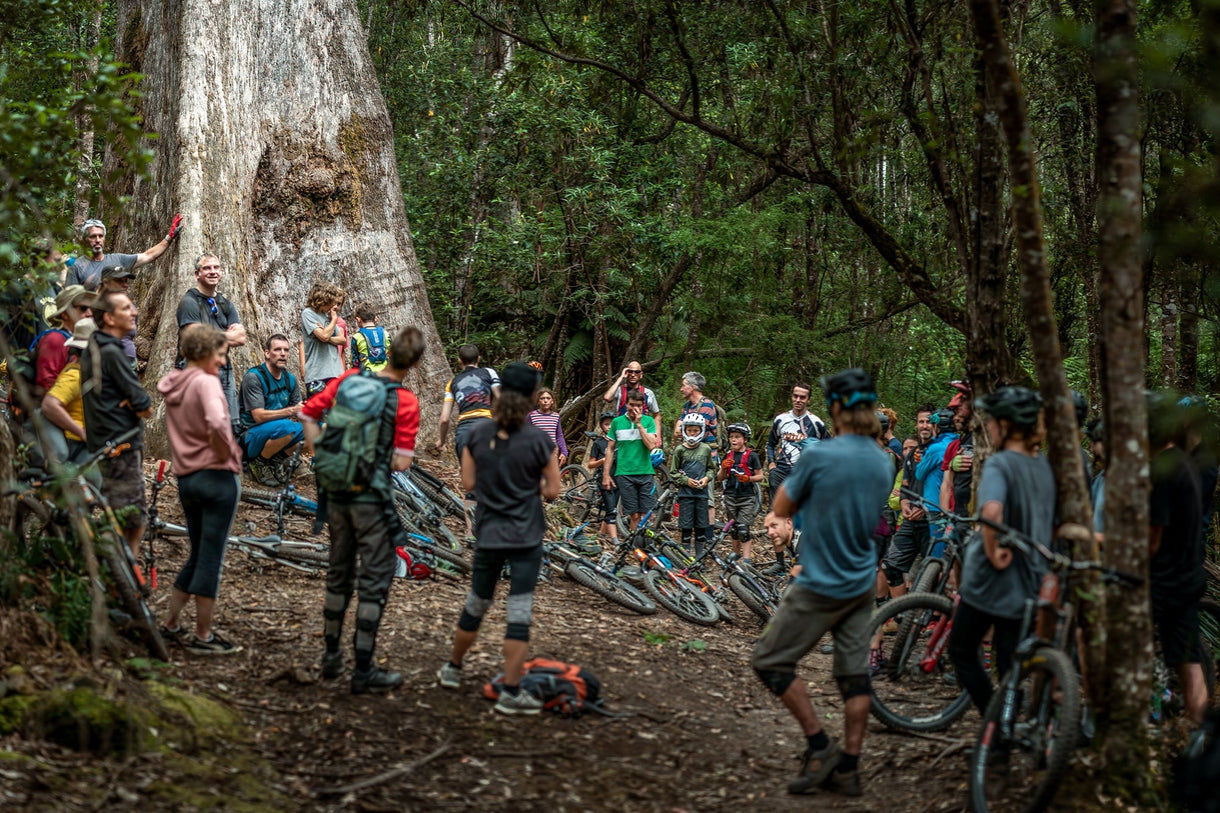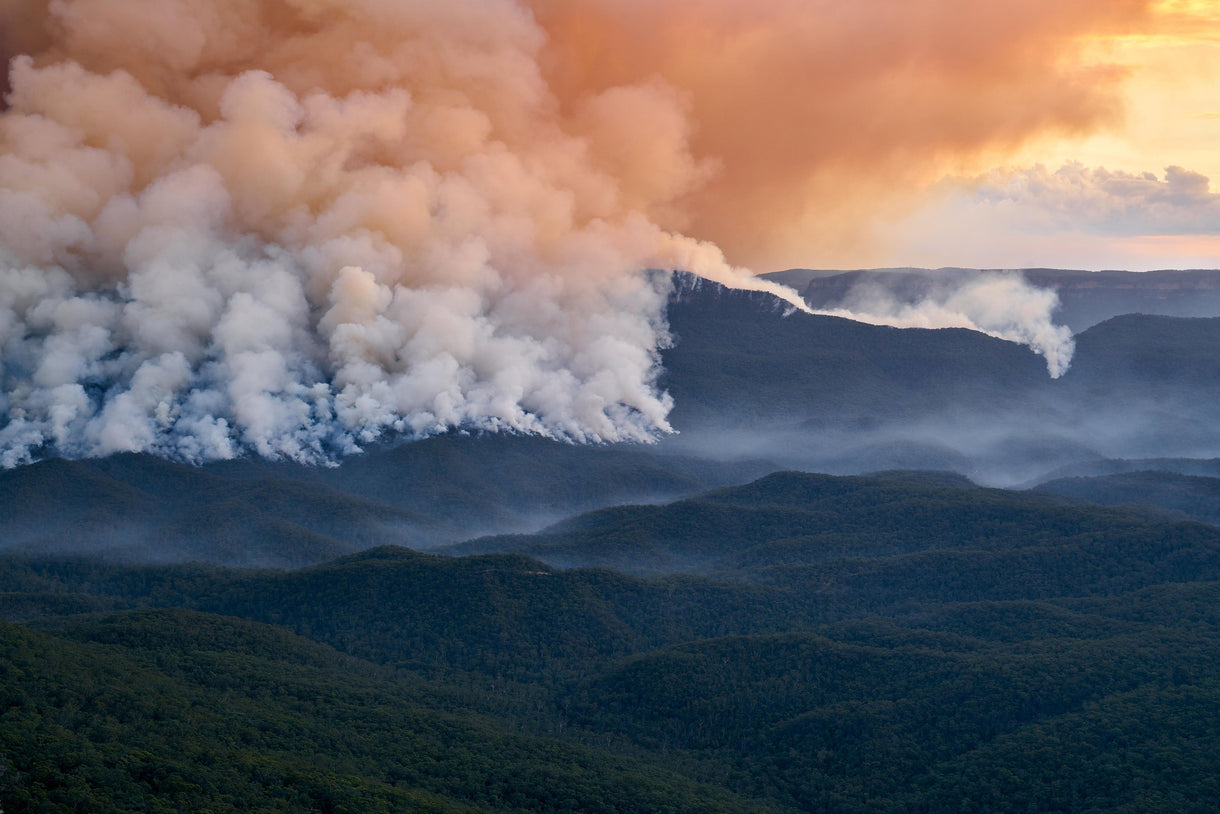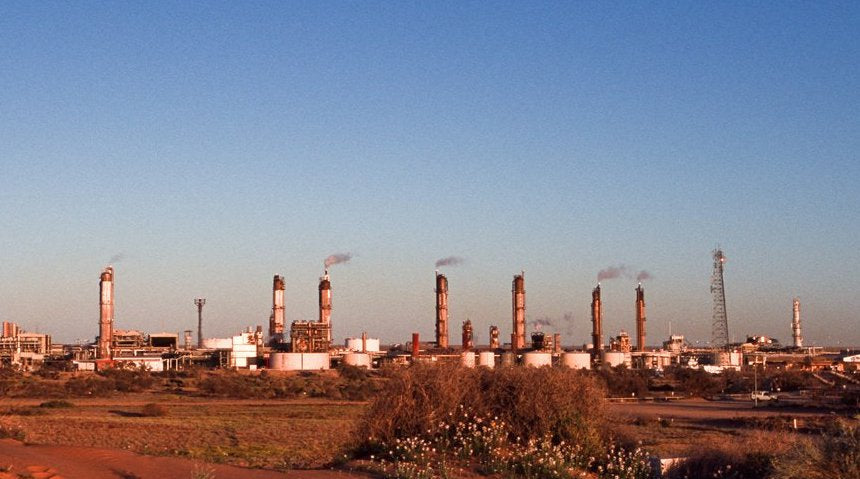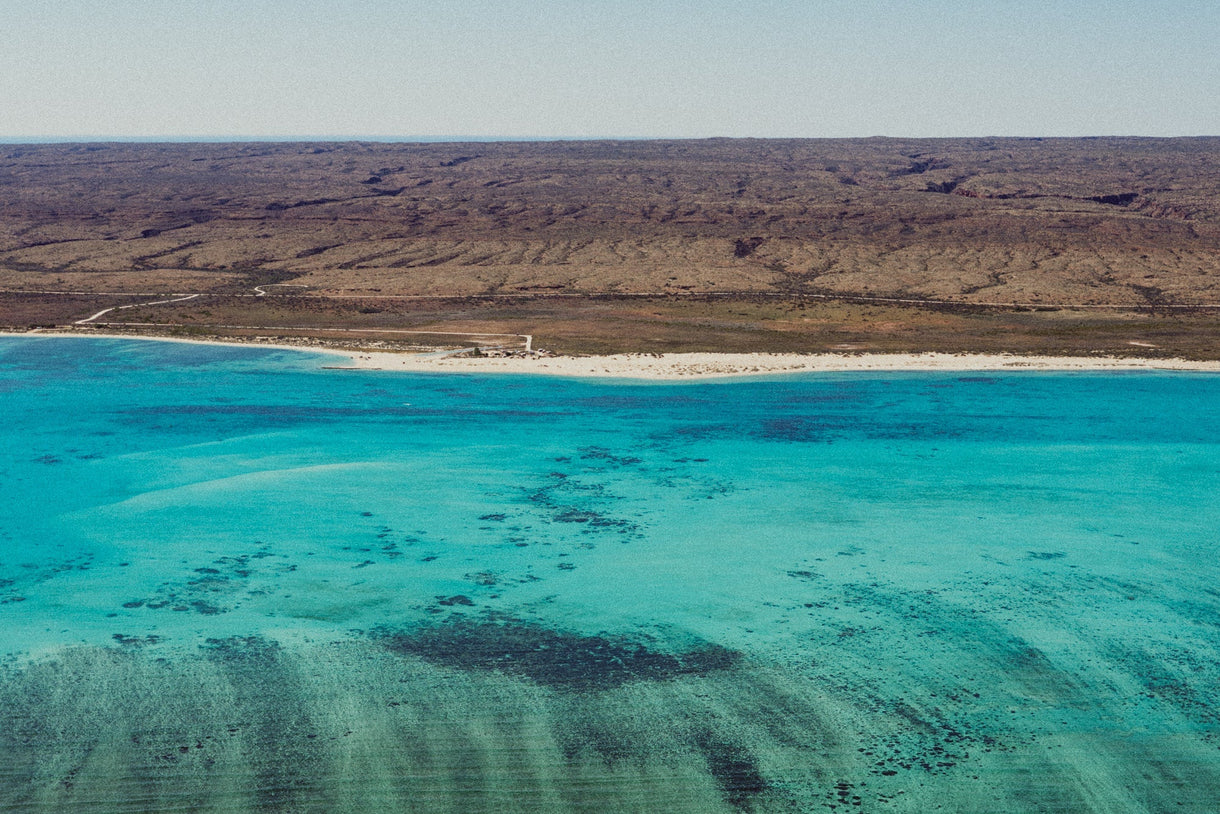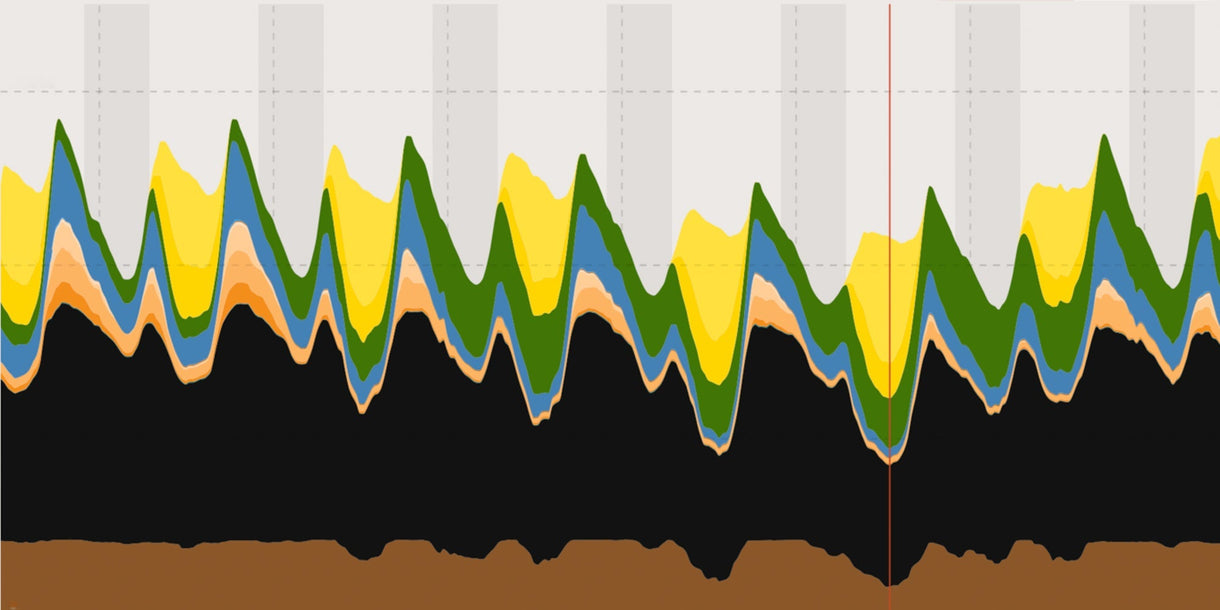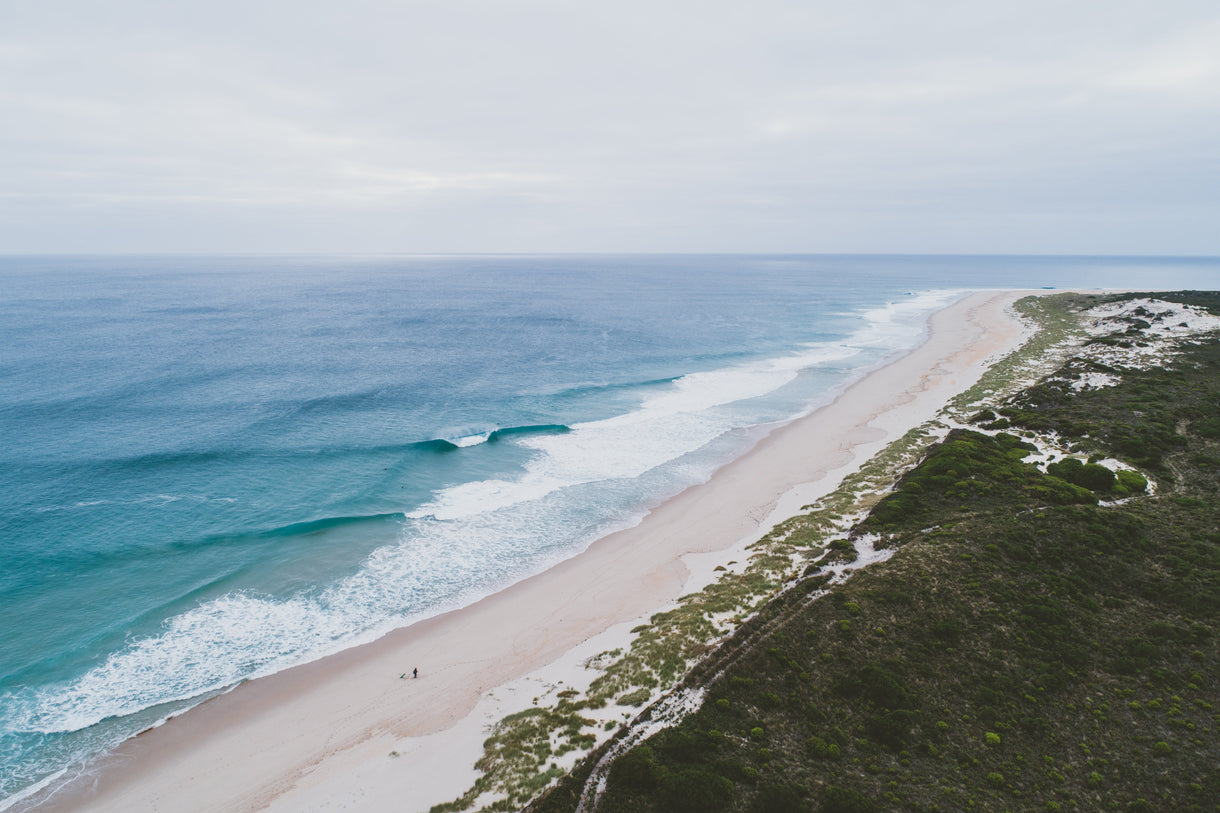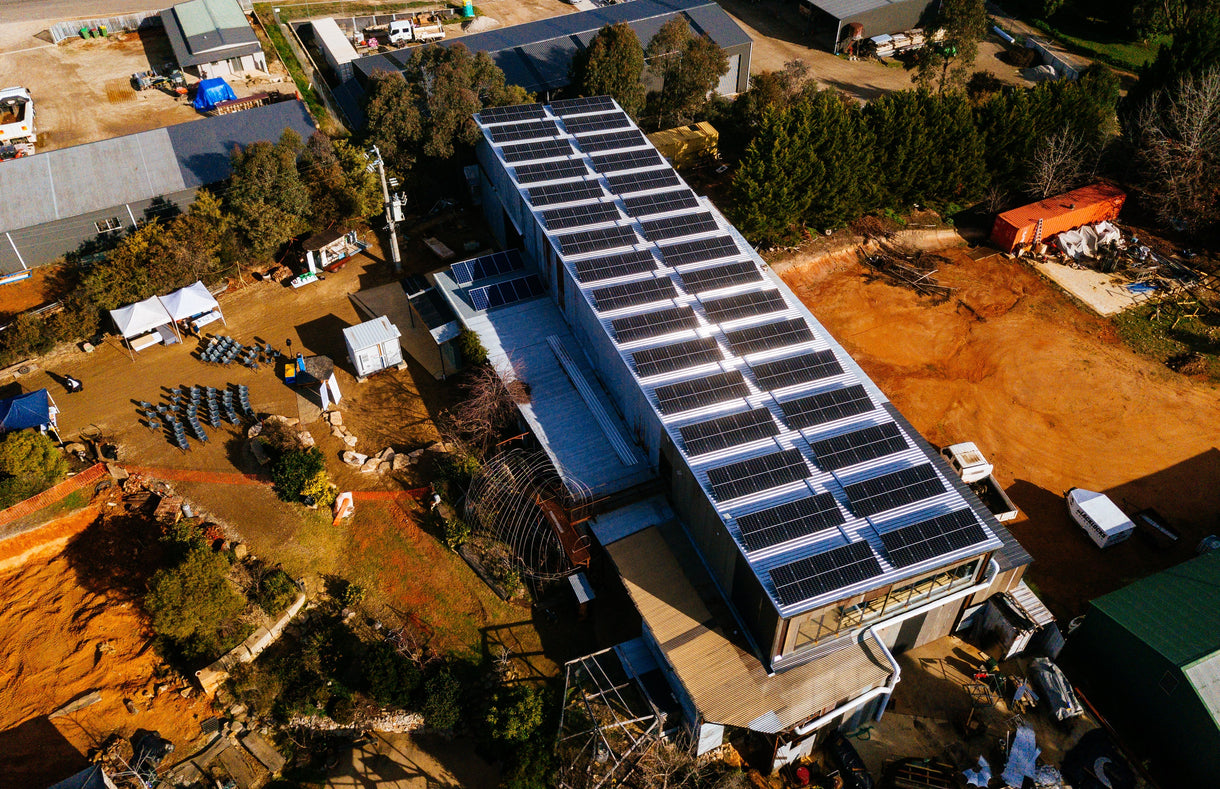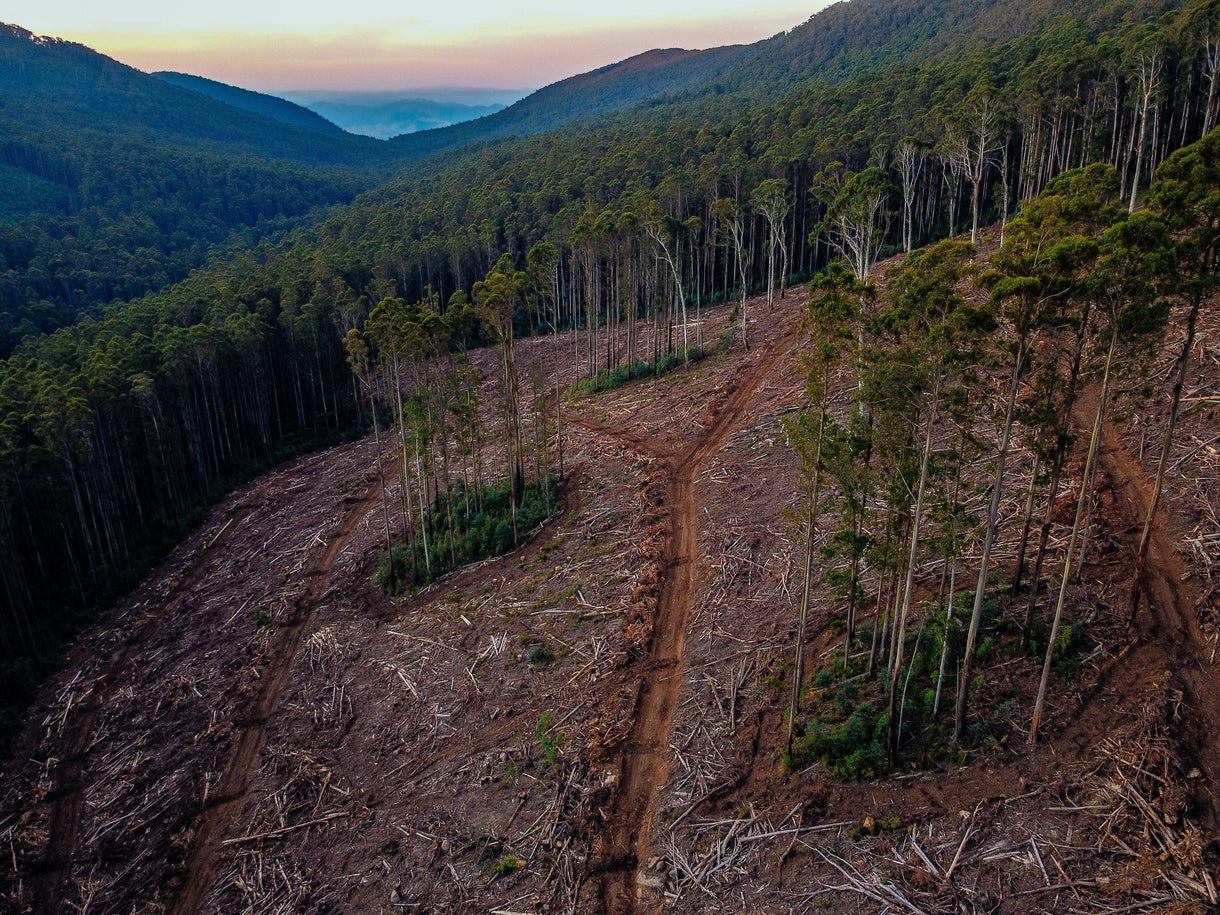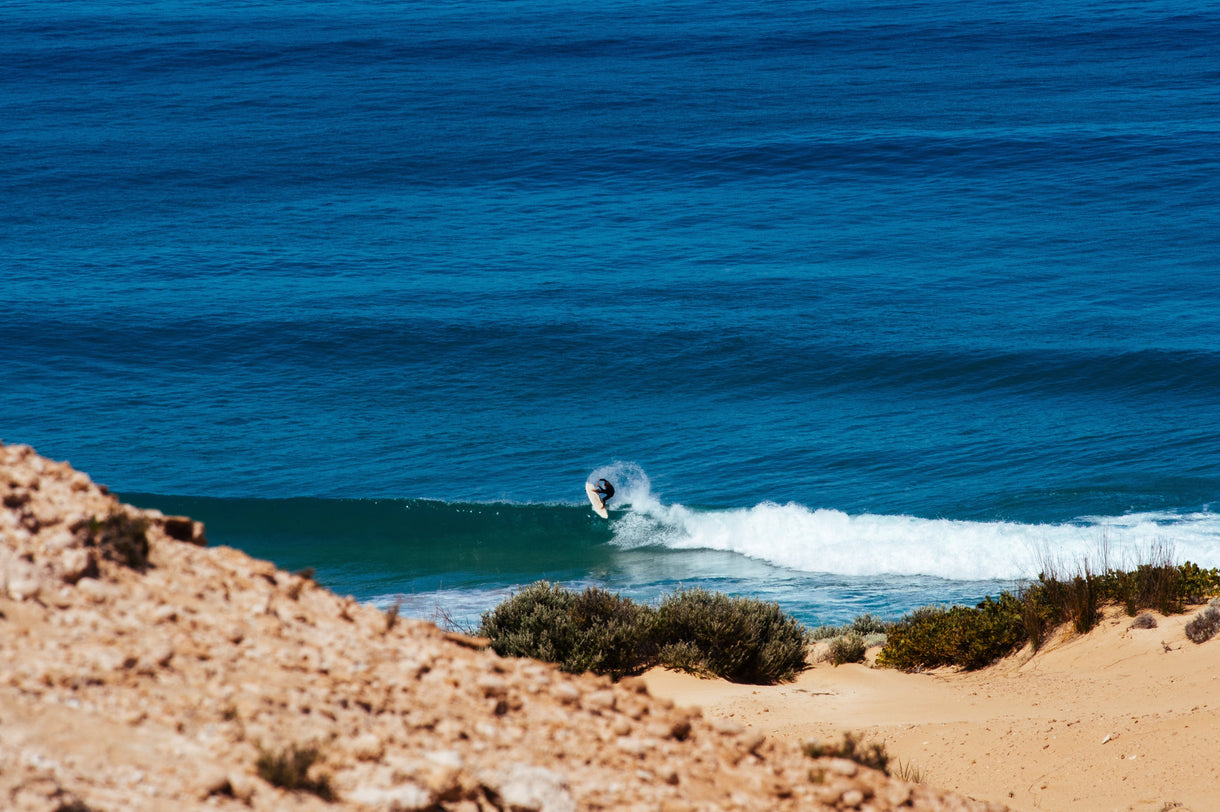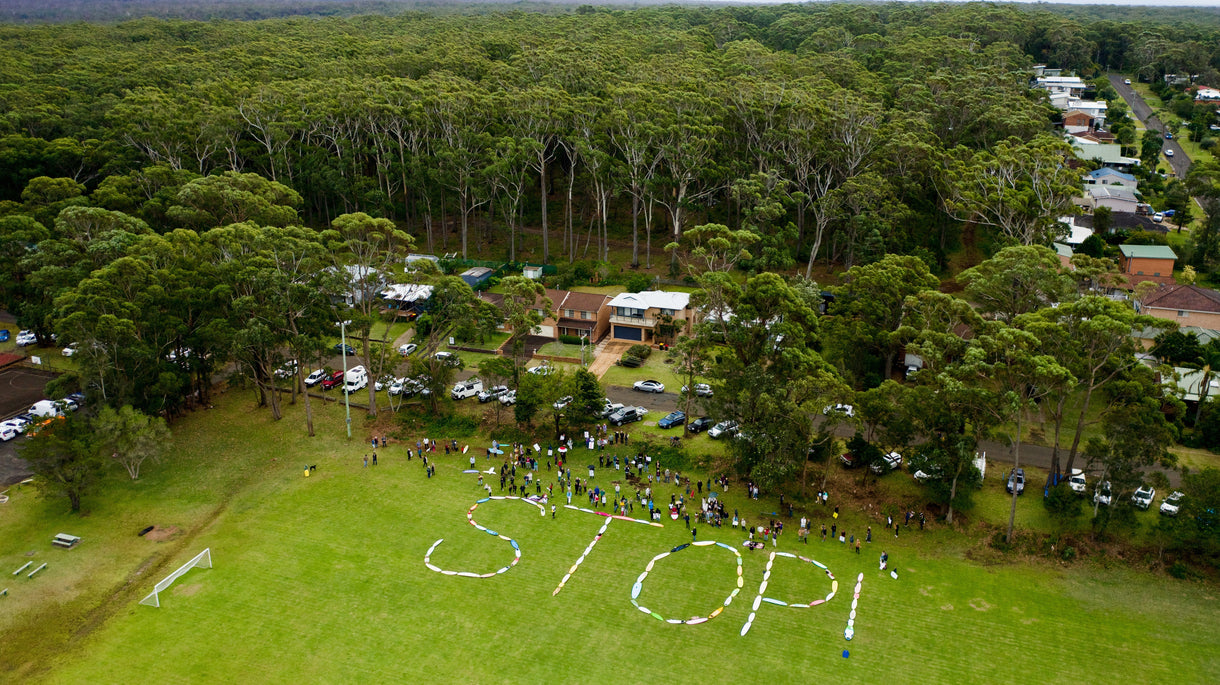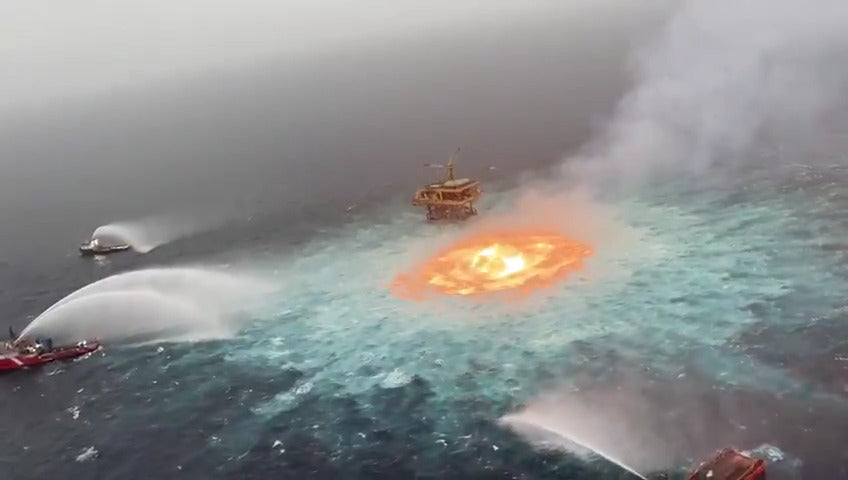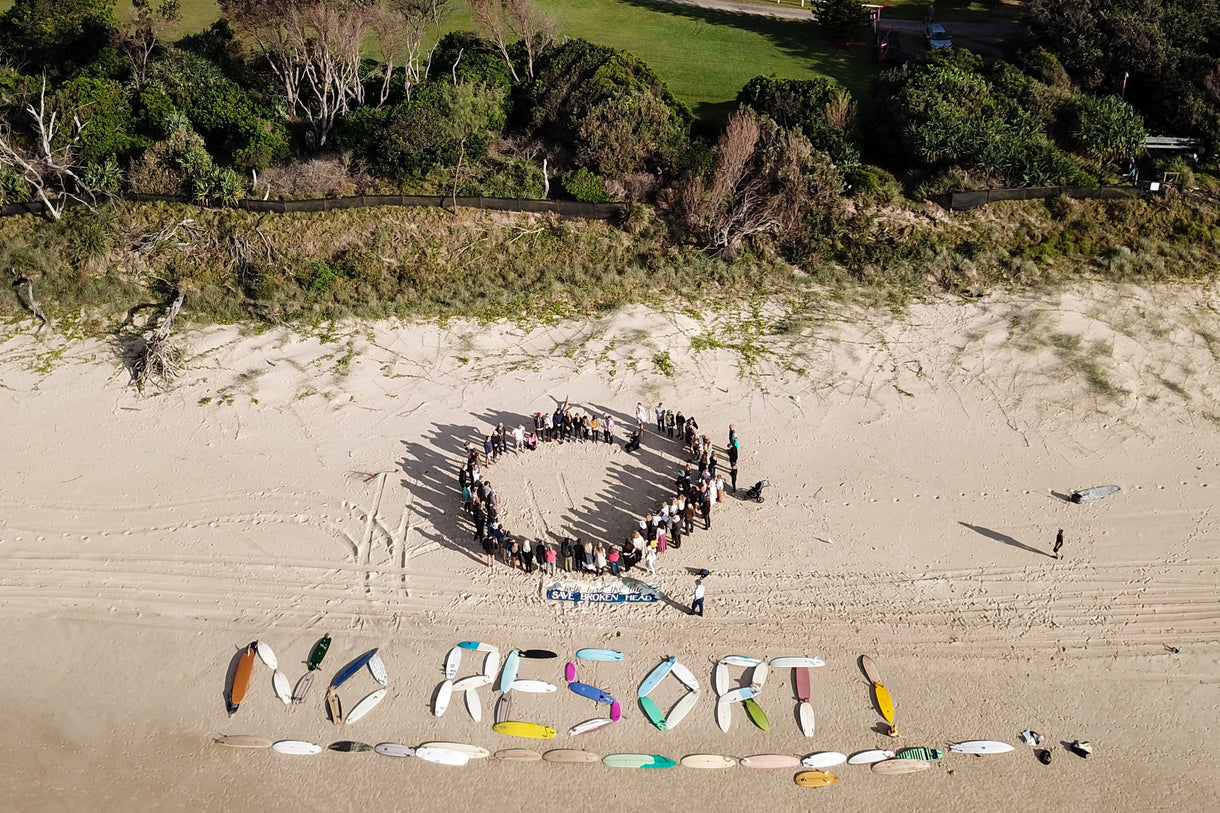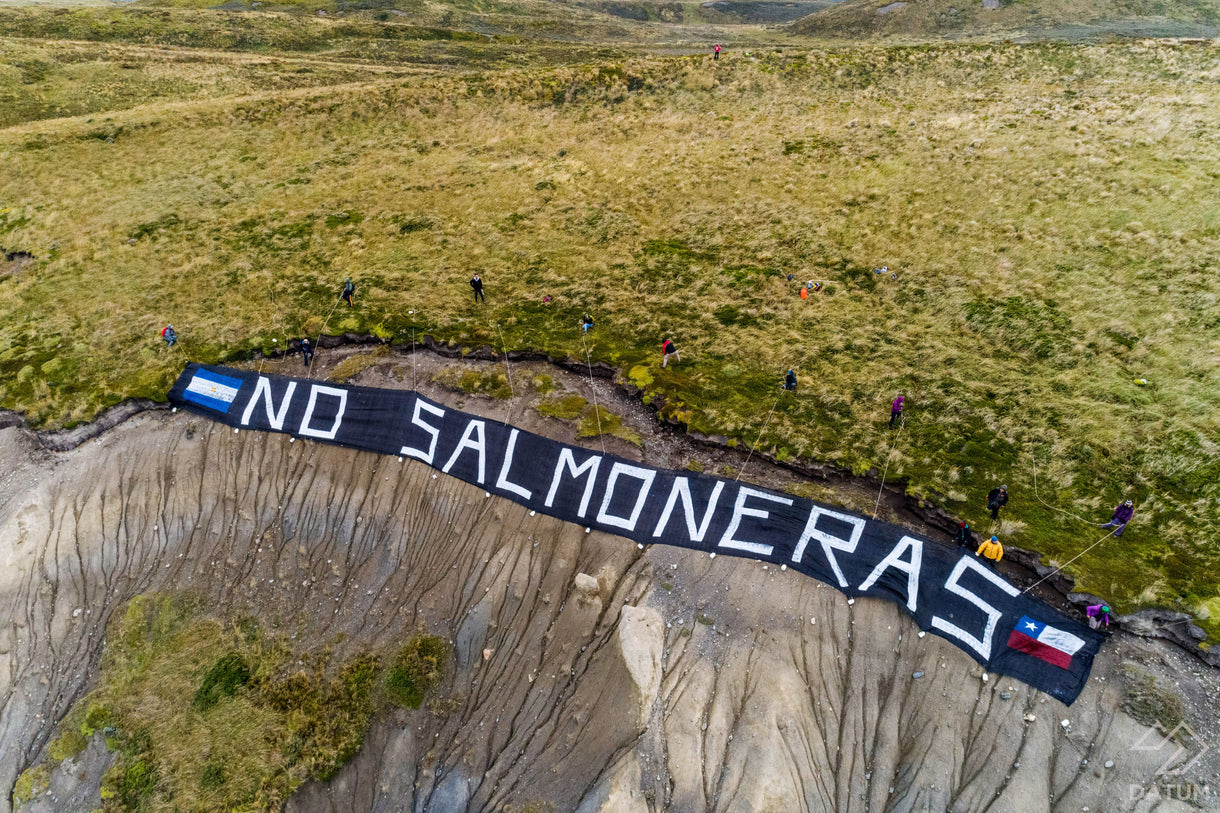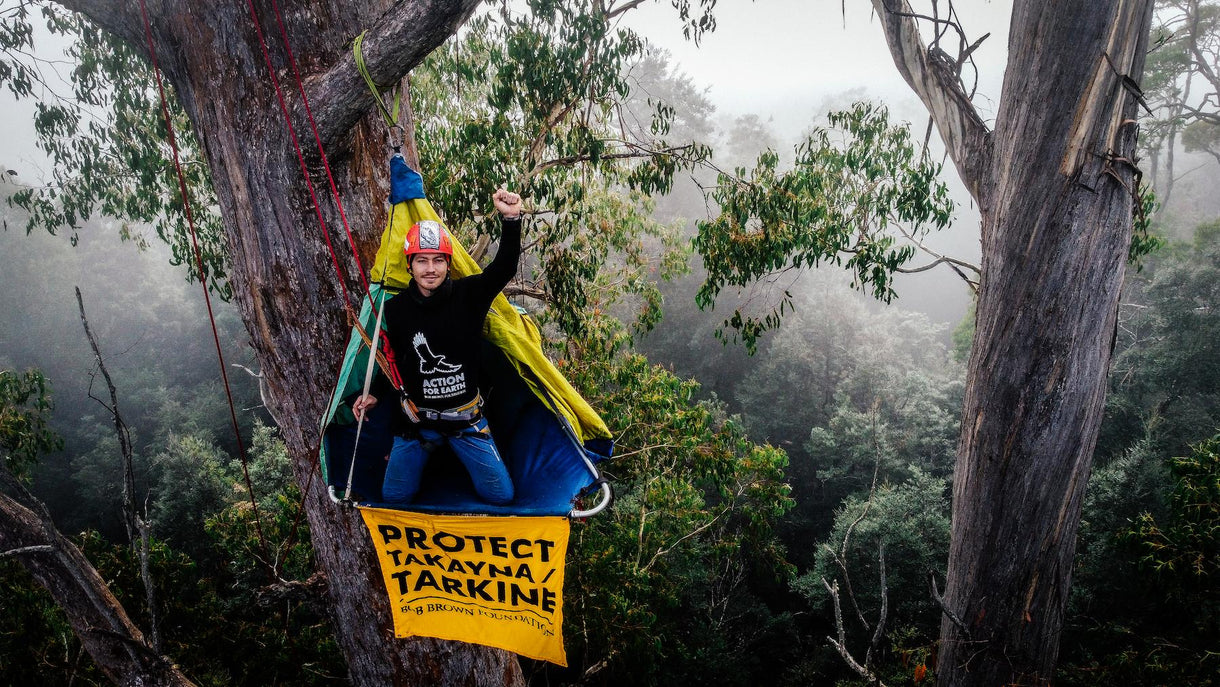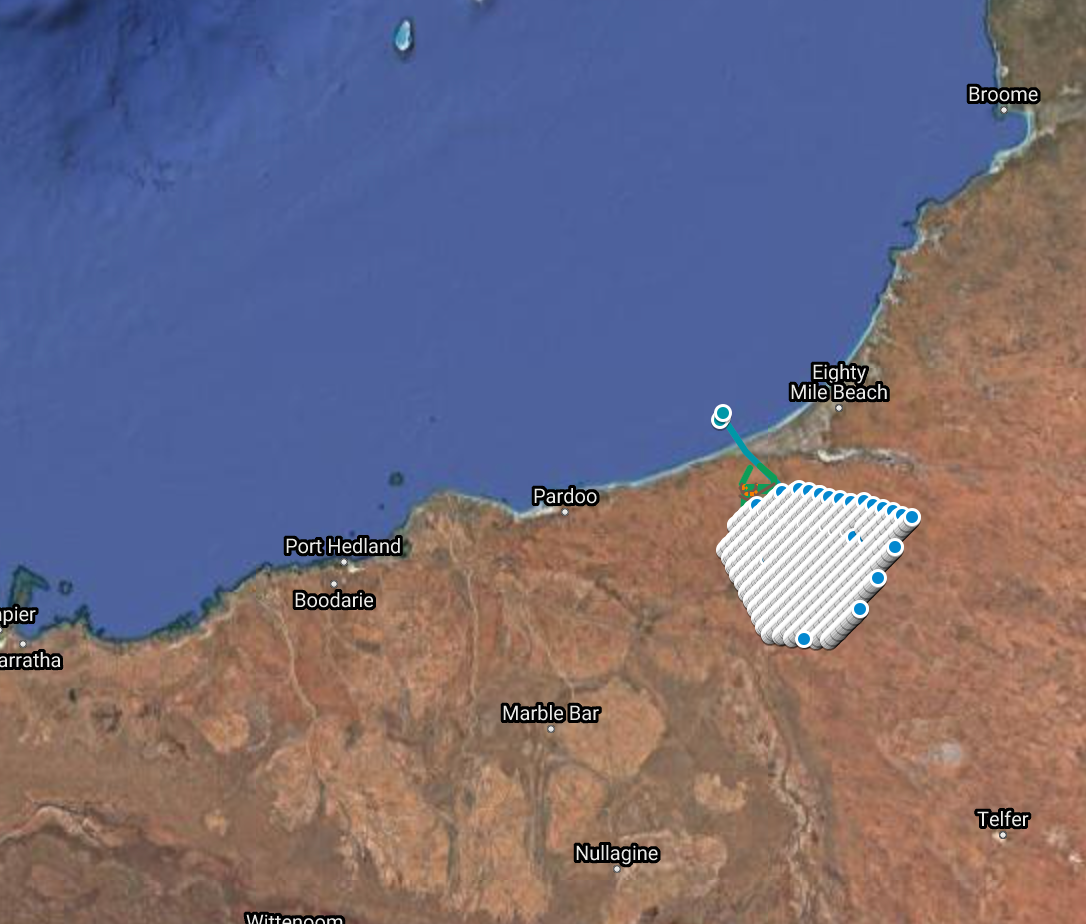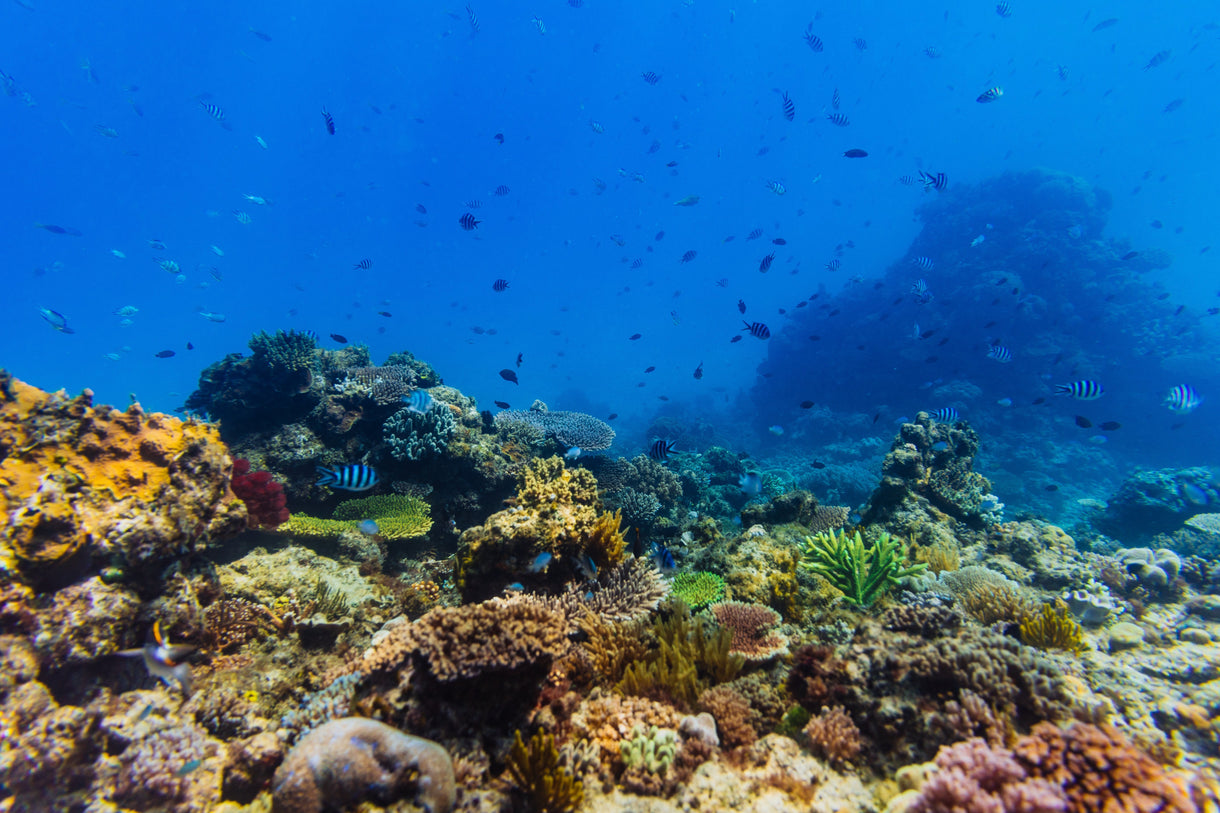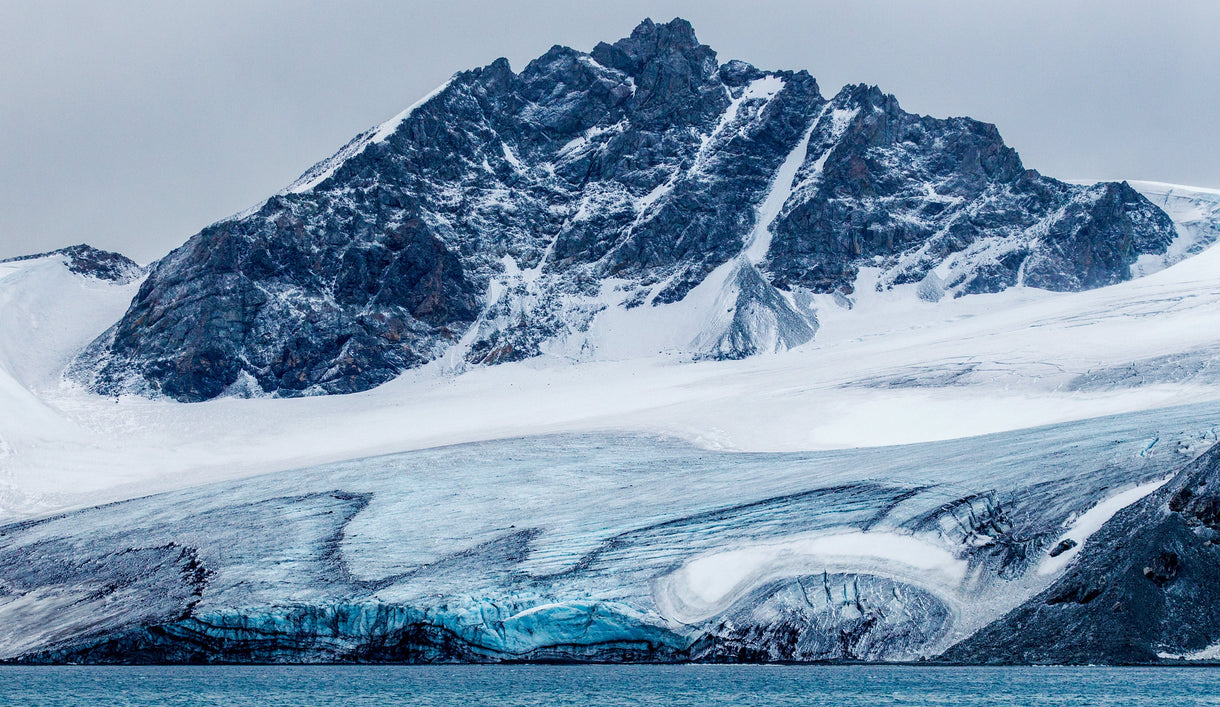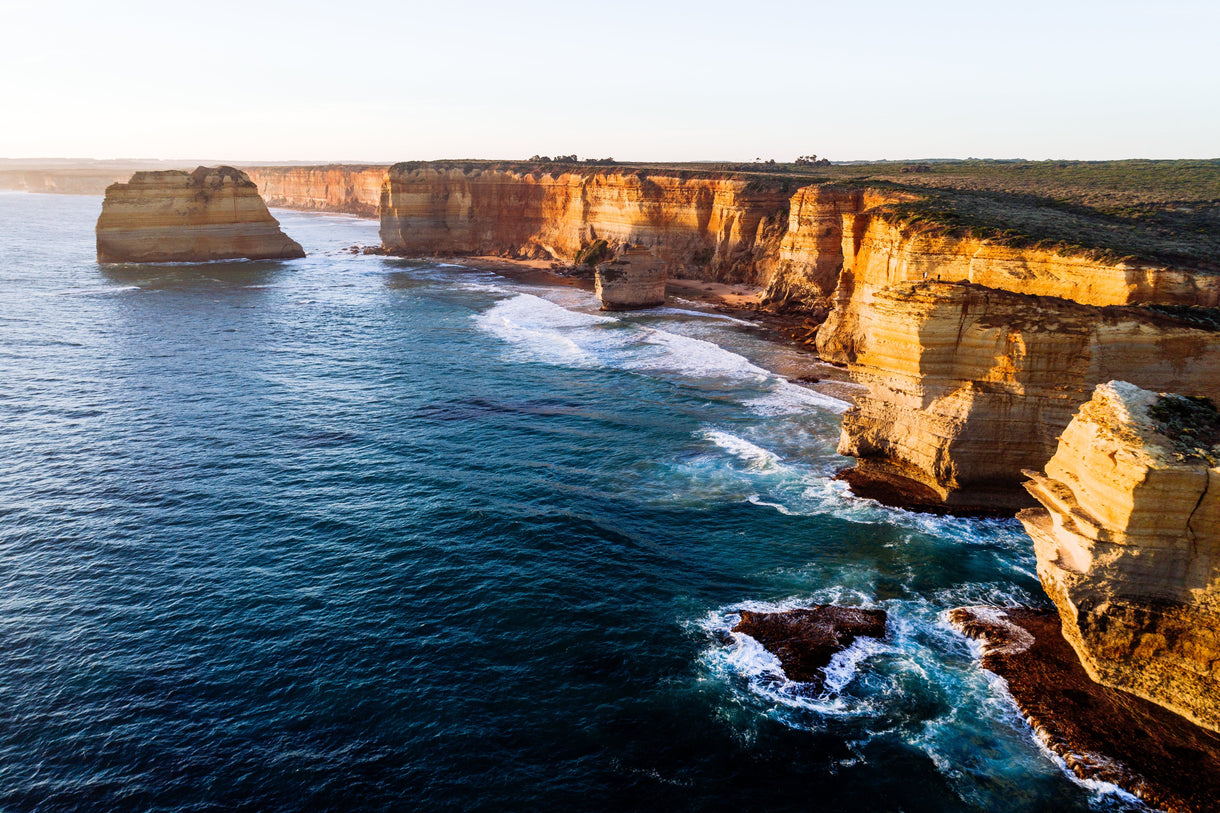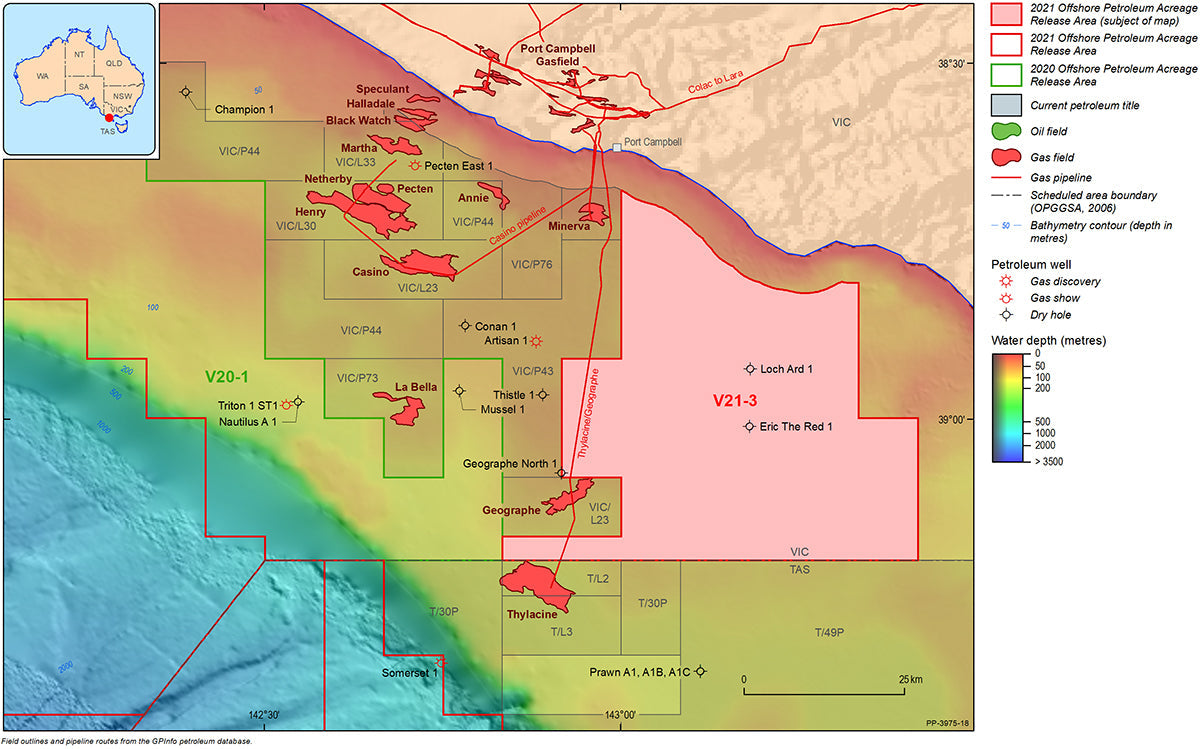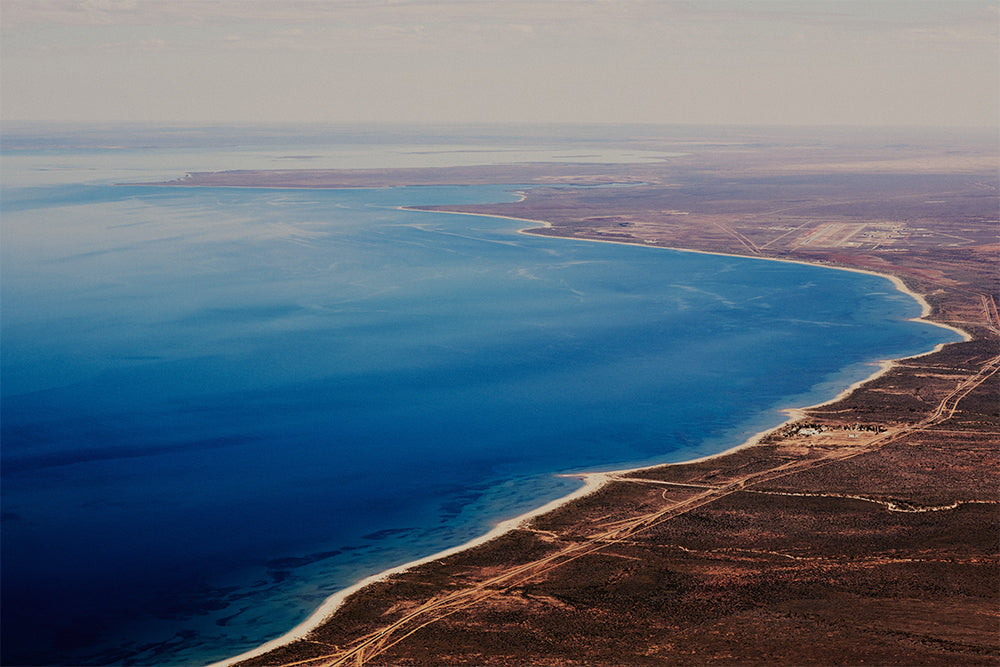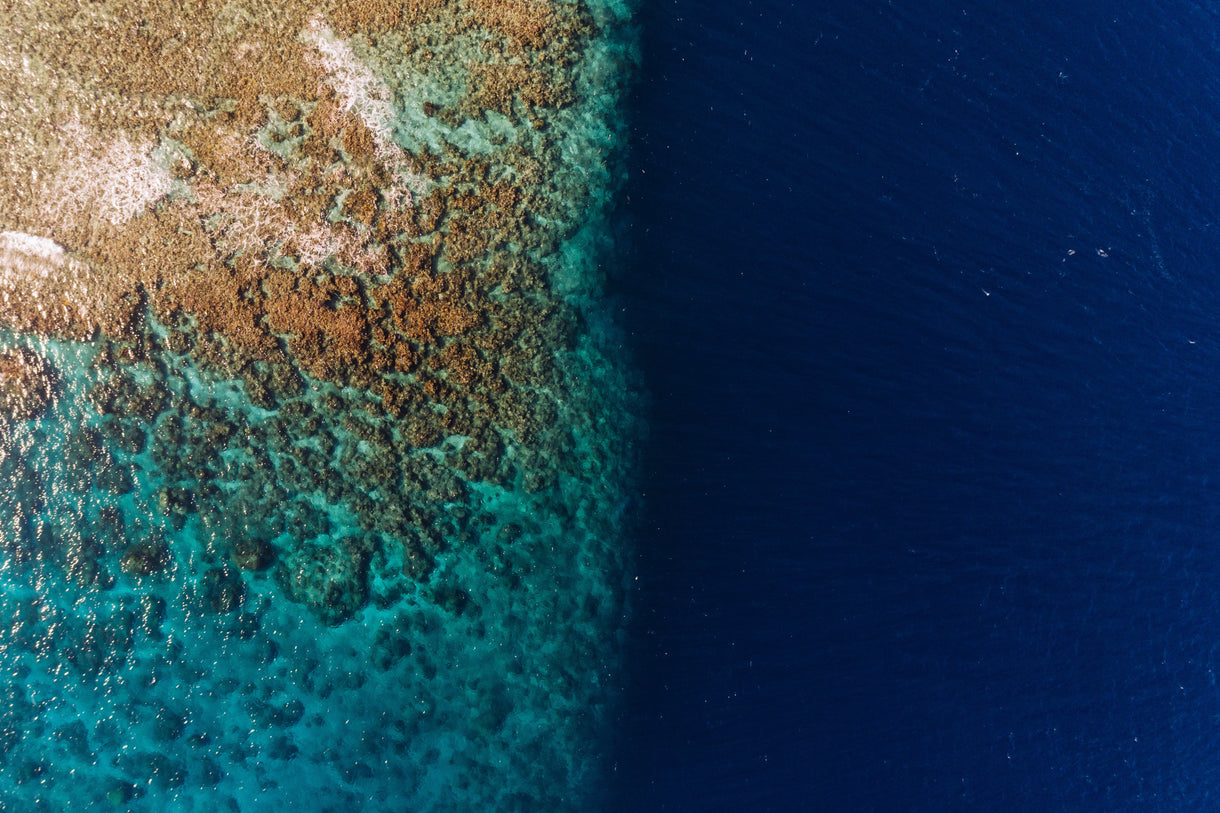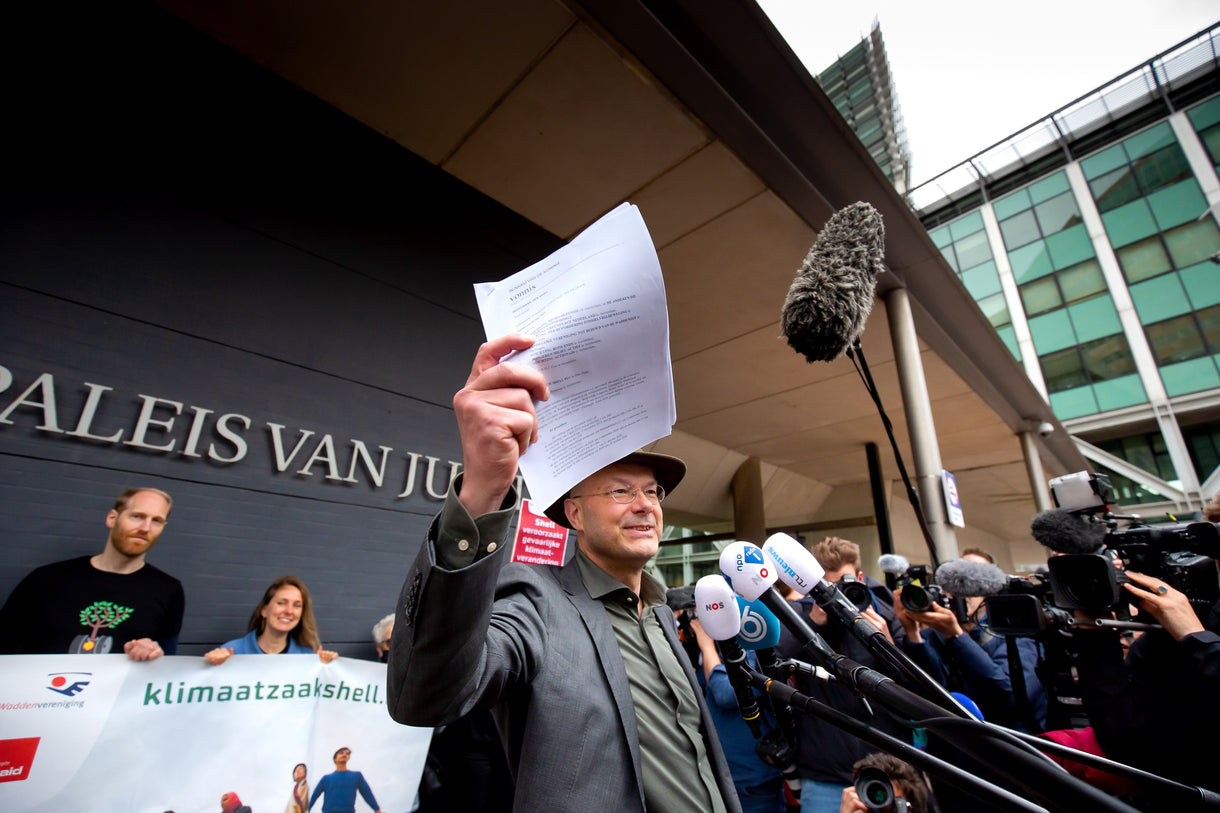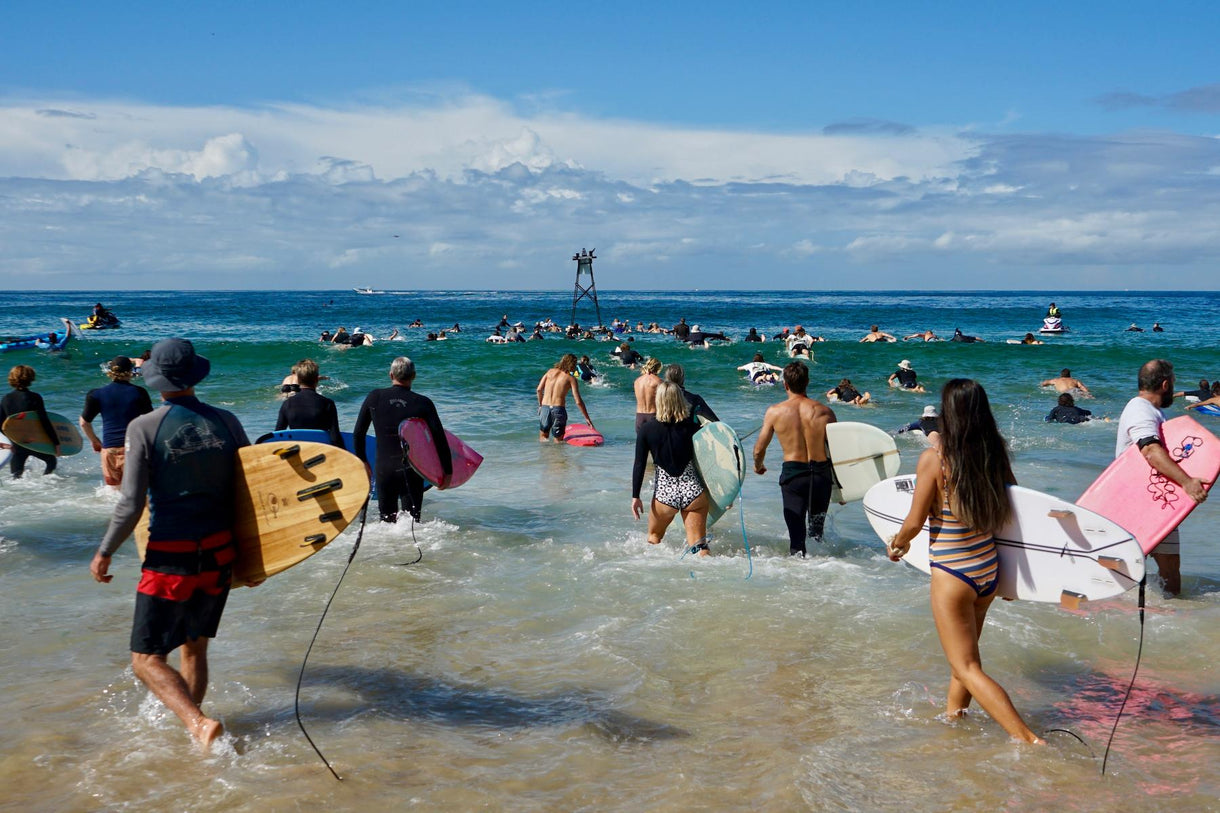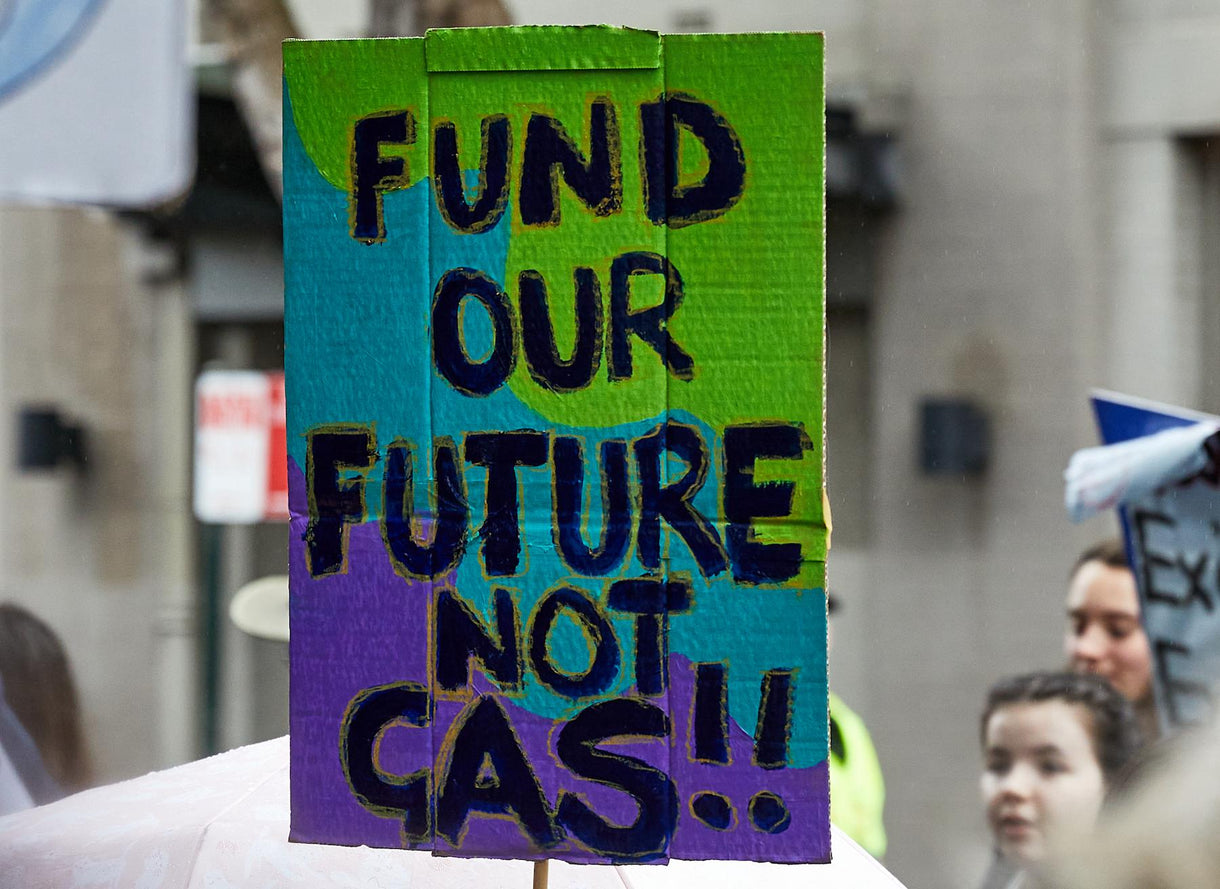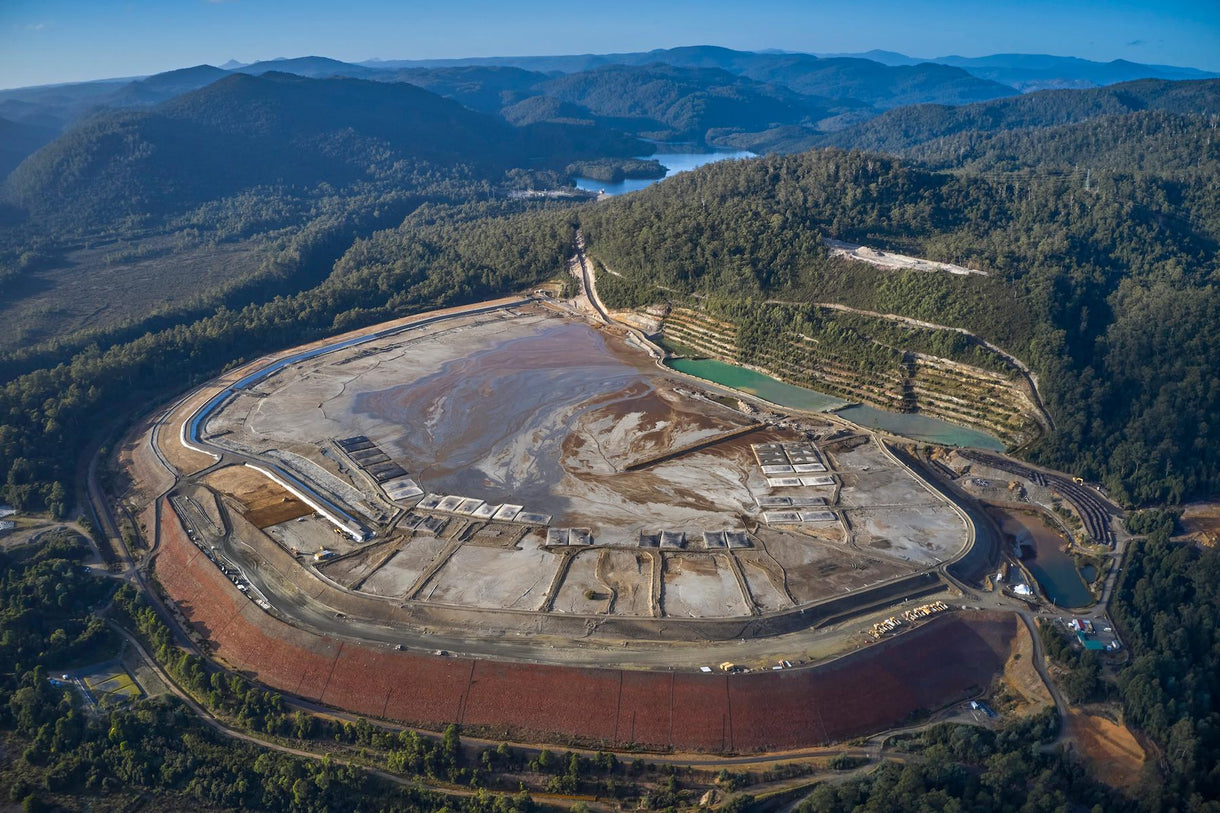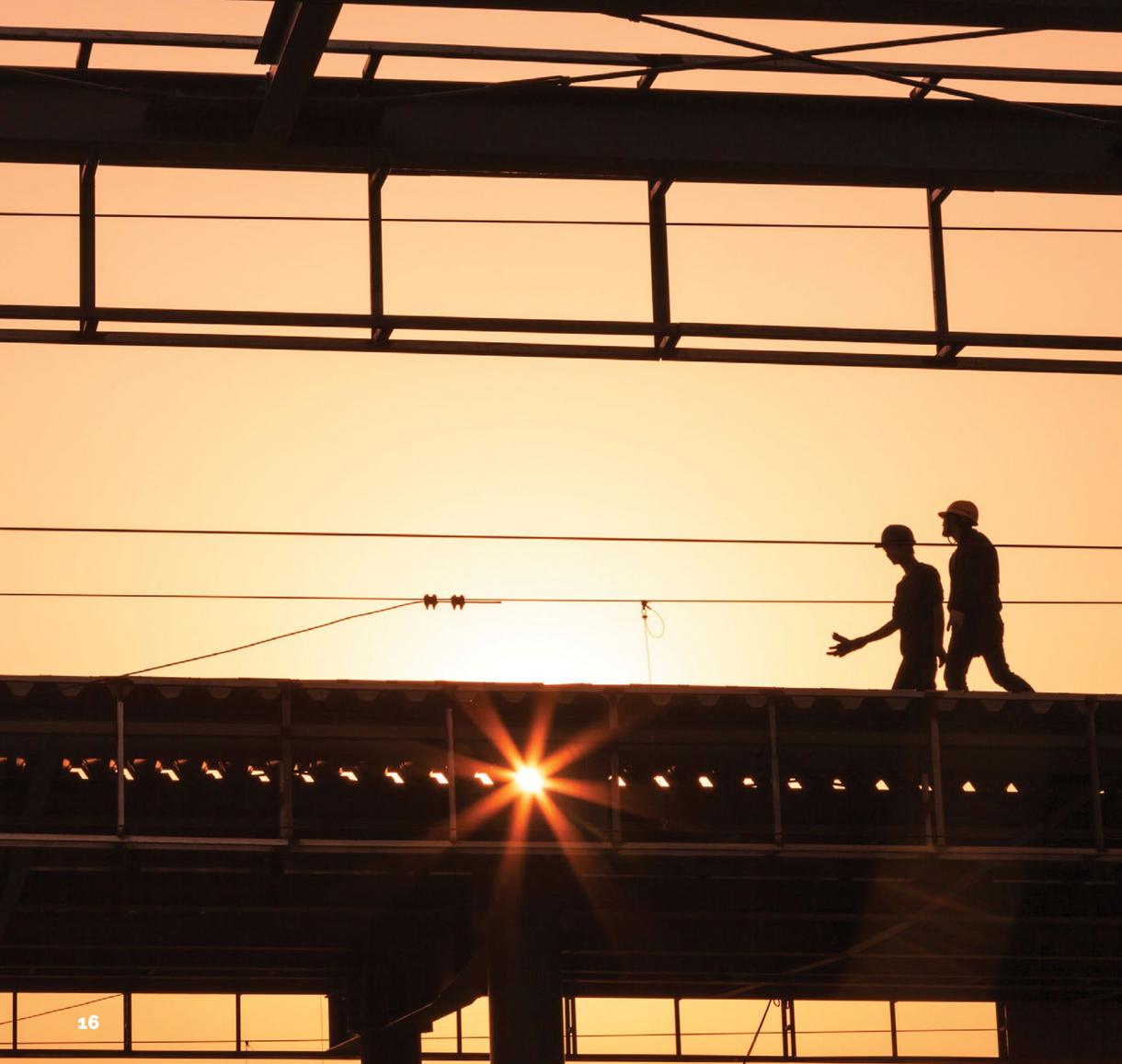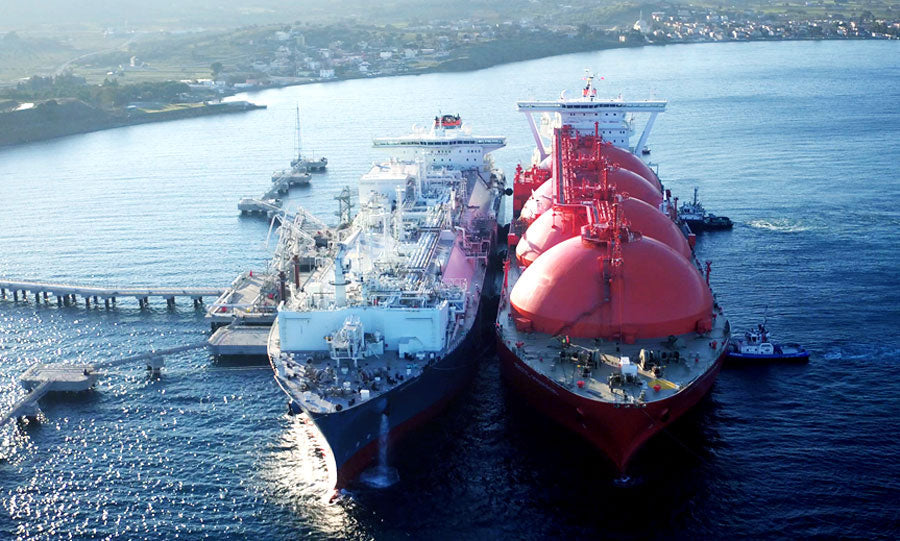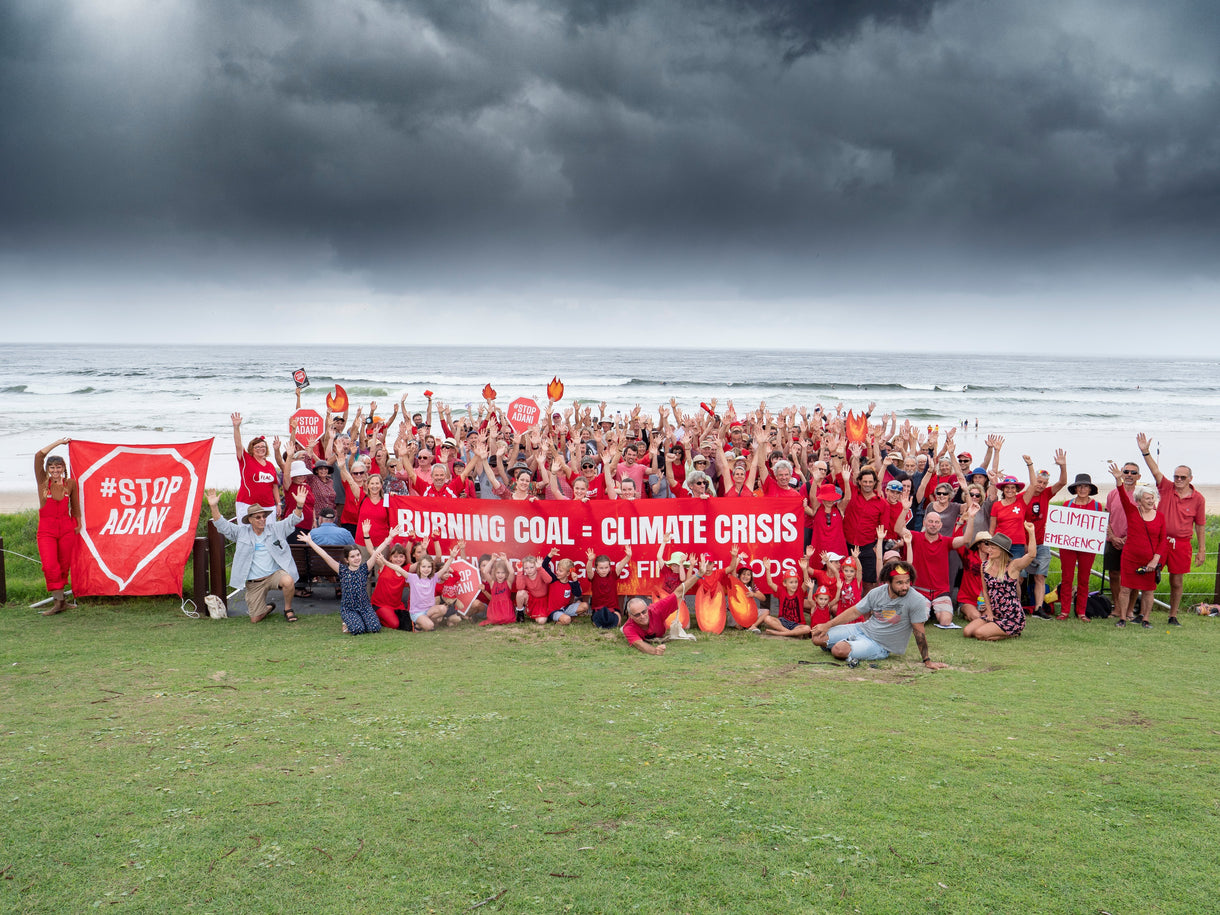It’s been 60 years since the Antarctic Treaty System was entered into force to protect Antarctica; today it’s facing serious challenges. Born of the need to enhance the protection of the Antarctic environment and dependent and associated ecosystems, The Antarctic Treaty emphasises considered scientific investigation, collaboration and exchange.
The Australia government’s airport is being spruiked as supporting scientists and emergency teams. Yet environmental scientists are deeply concerned about the irreversible impacts of its construction and operation, plus the precedent its very existence may set.
"This project alone will increase all nations’ disturbance footprint in Antarctica by a whopping 40%,” explained Alistair Allan, the Louise Crossley Antarctic Campaigner for Bob Brown Foundation, citing Shaun Brooks, an environmental scientist at the Institute of Marine and Antarctic Studies of the University at Tasmania. “The Australian government should be committing to protecting and minimising impacts on the continent, not creating them."
Antarctica already has 20 airports. Unlike existing seasonal runways made of gravel, sea-ice, blue-ice, or compacted snow, the Australian government’s multi-billion-dollar airport would involve the construction of a permanent airstrip. At 2.7-kilometres long and 40-metres wide, it would be built out of 11,500 concrete blocks, weighing more than 10 tonnes each. The mega-scheme is expected to take more than a decade to complete and would require 100 icebreaker voyages, powering out of Hobart.
“What happens to Antarctica affects all 8 billion people on this planet”
It doesn’t stop with the blasting, crushing and filling of runway land. The project will also involve the construction of a storage area for explosives, a new wharf, tanks for aviation fuel, and a four-kilometre access road.
This is distressing news for the colonies of nesting Adélie Penguins, Southern Giant Petrels, and Wedell Seals that call the Vestfold Hills home. From destruction of their habitat during construction through to the airport’s operation, wildlife would bear the fatal brunt of disruptions. Research shows penguin mothers, who must keep stationary on their eggs for long periods if their chicks are to hatch, can be easily panicked by aircraft, leaving eggs exposed to freezing winds and predators.
Those in favour of the new airport lean on the fact that Australia’s current, blue-ice Wilkins Aerodrome summer runway is, ironically, becoming increasingly inoperable due to global heating. They stress the need for year-round landing capacity, although winter crews have historically completed their work without access nor incident, and number around 20 personnel only. “In this age of climate emergency and extinction crisis, what happens to Antarctica affects all 8 billion people on this planet,” said Dr Bob Brown.
On Wednesday, the Bob Brown Foundation will launch a ‘Global 48 hours of Action’ to protect Antarctica and the Southern Ocean against the dual threats of development and the climate crisis. It’s calling on Australians to remind our Environment Minister Sussan Ley that her obligations to the environment are global and include taking urgent, decisive action to preserve Antarctica.
Ley has already voiced her support describing the project as part of “a new era of Australian Antarctic endeavour”. Environmental scientists, however, caution the project could lead to a destructive construction race among territorial rivals. If approvals are granted, ice could be broken as early as 2023.
Antarctica’s ecosystems are unlike any other. A cycle of accelerated climate change and development would not only turn them upside down, but have far reaching repercussions, changing global coastlines forever.
The Bob Brown Foundation is calling Australians to join them on June 23 demanding real protection for Antarctica in your city or town.
Banner image: Paul Hilton courtesy of Bob Brown Foundation.


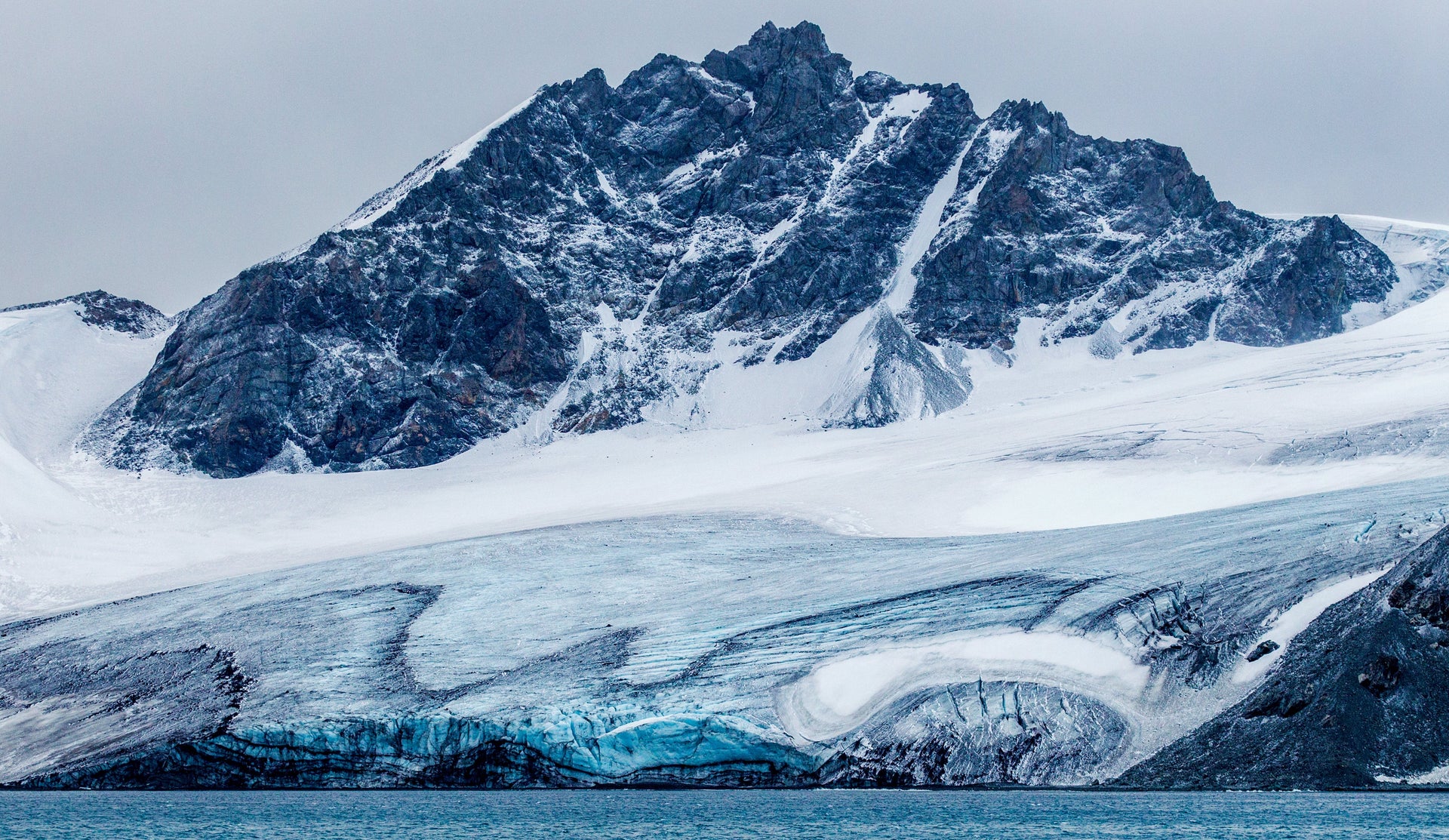











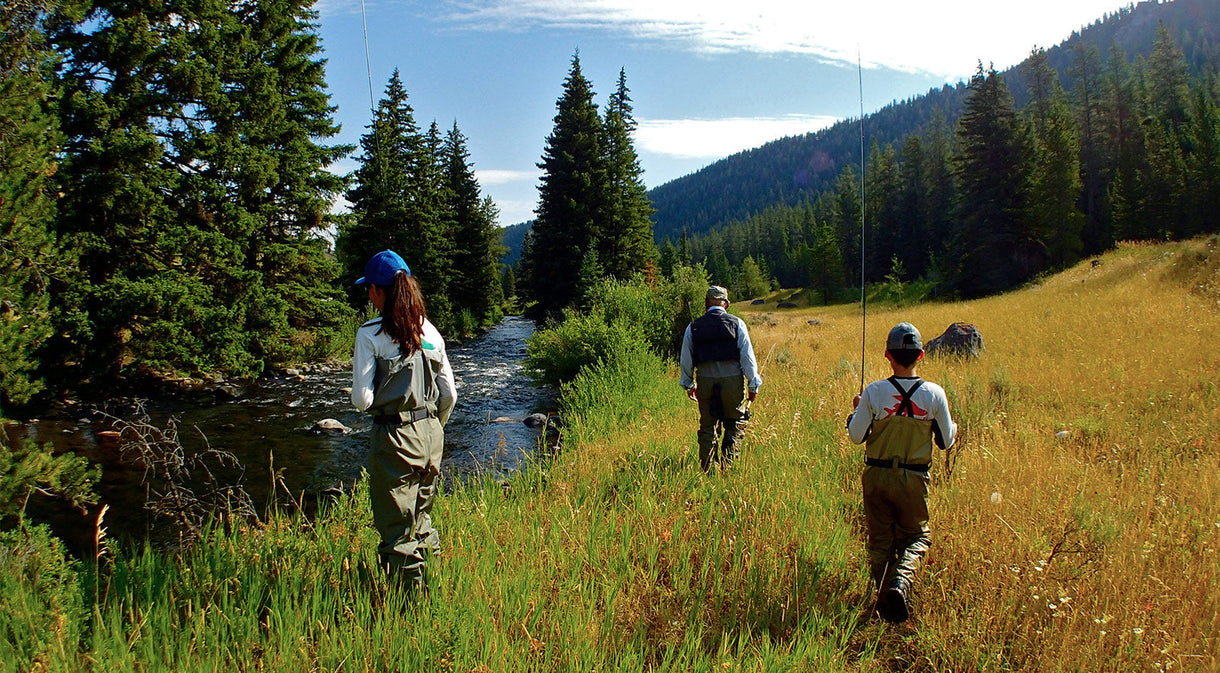






































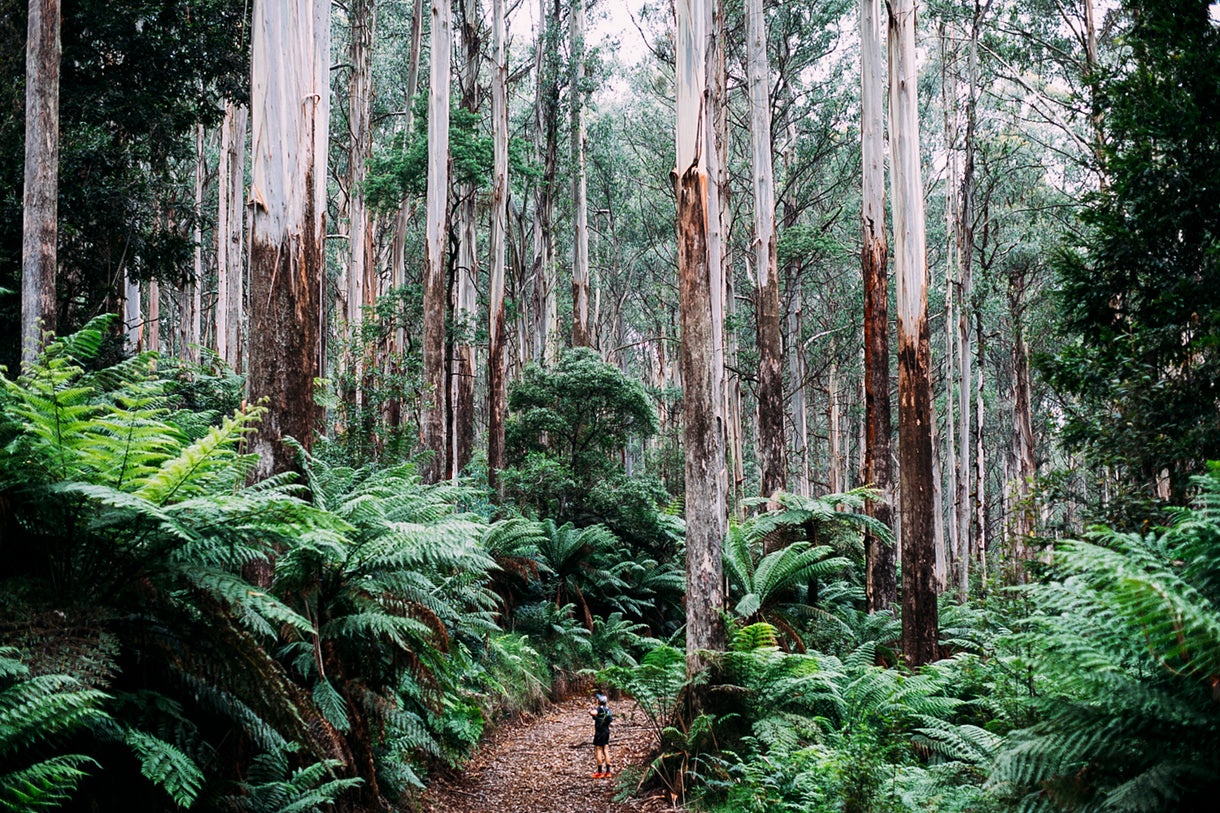
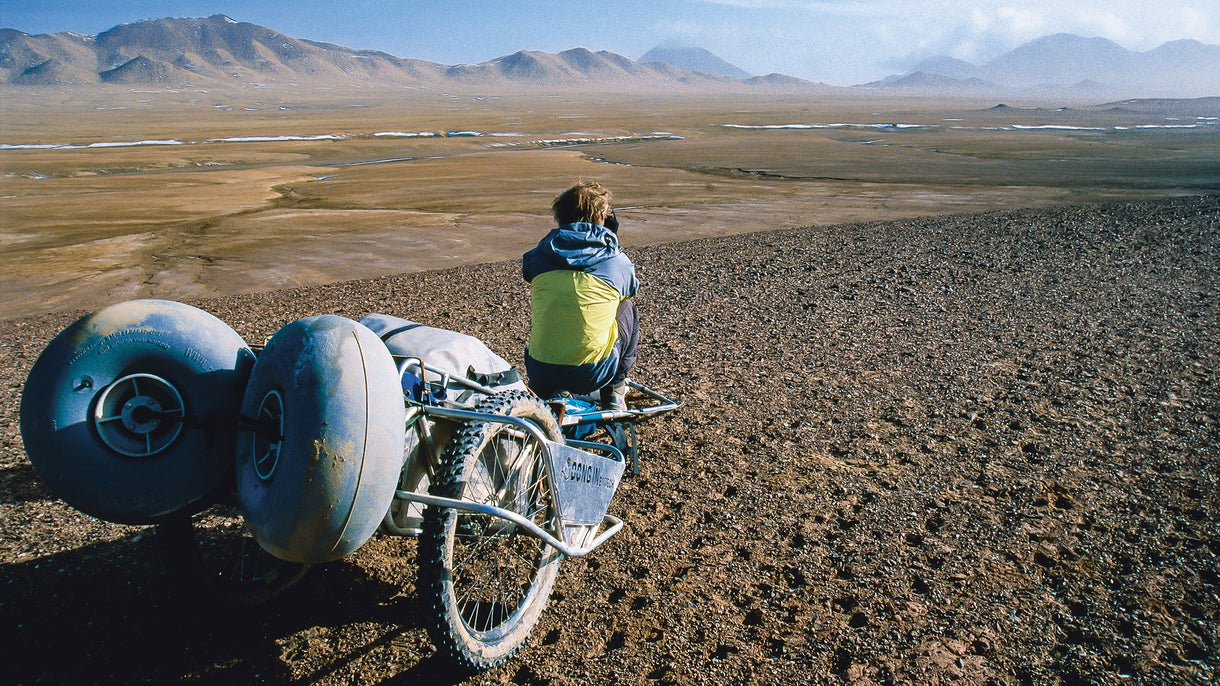
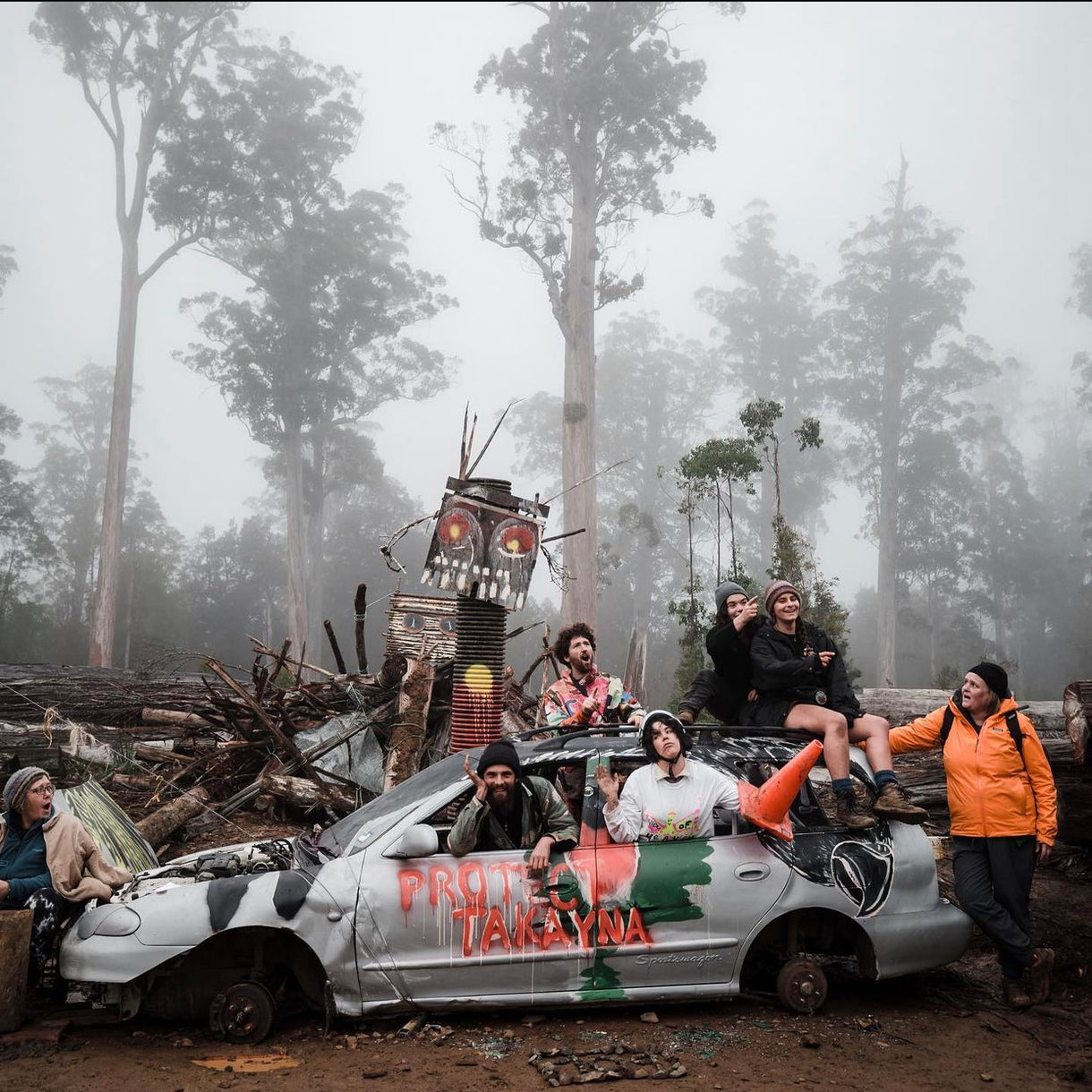
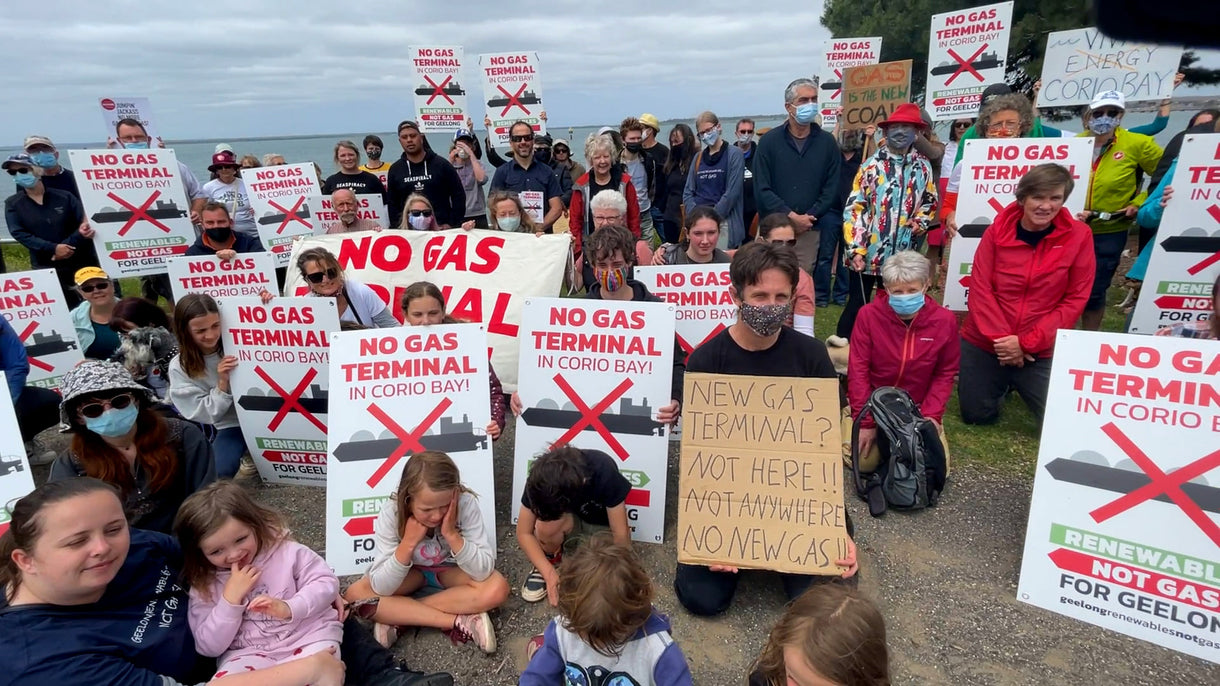
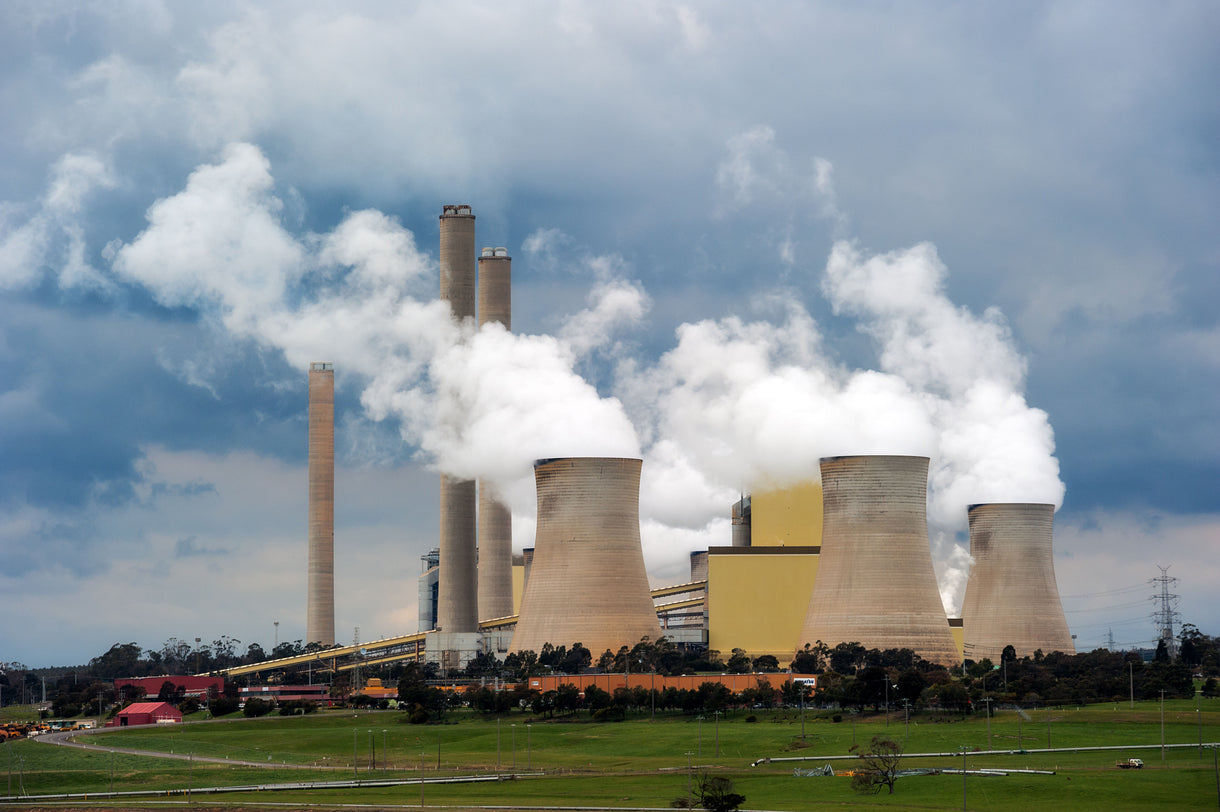
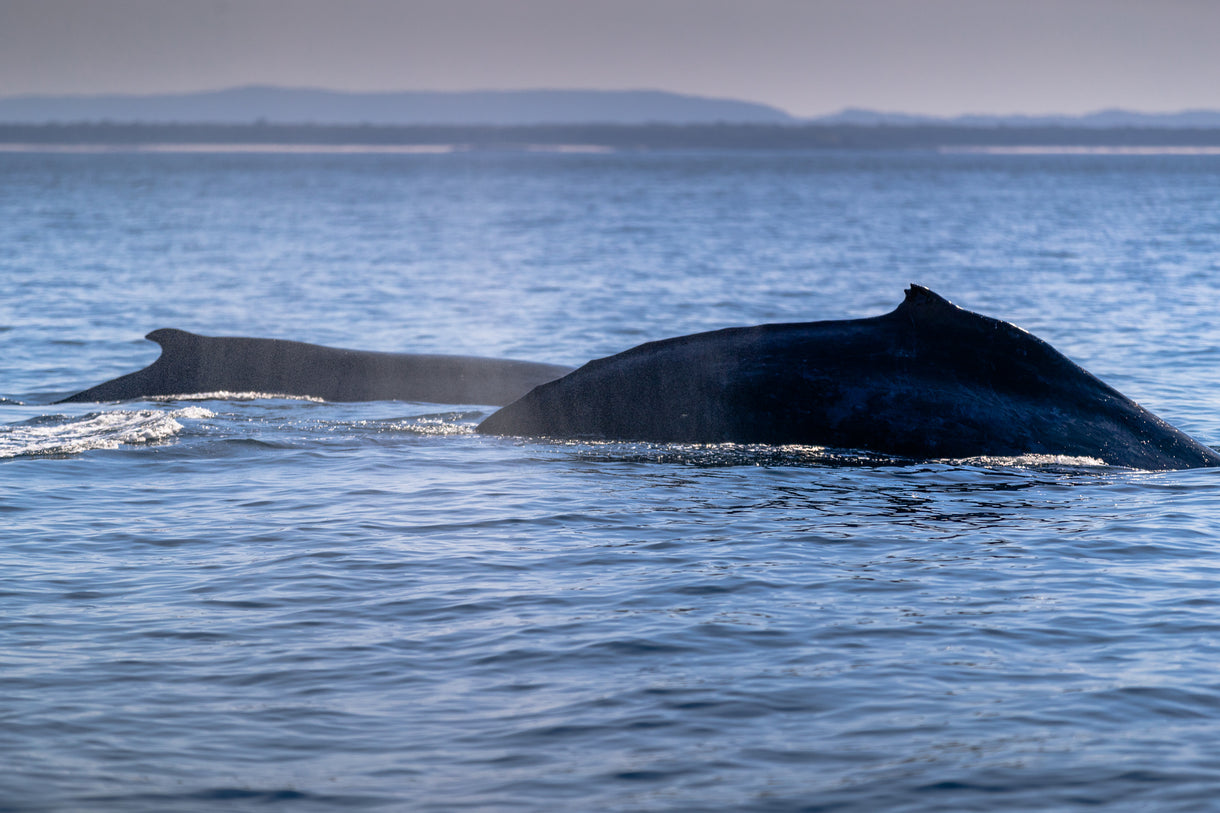
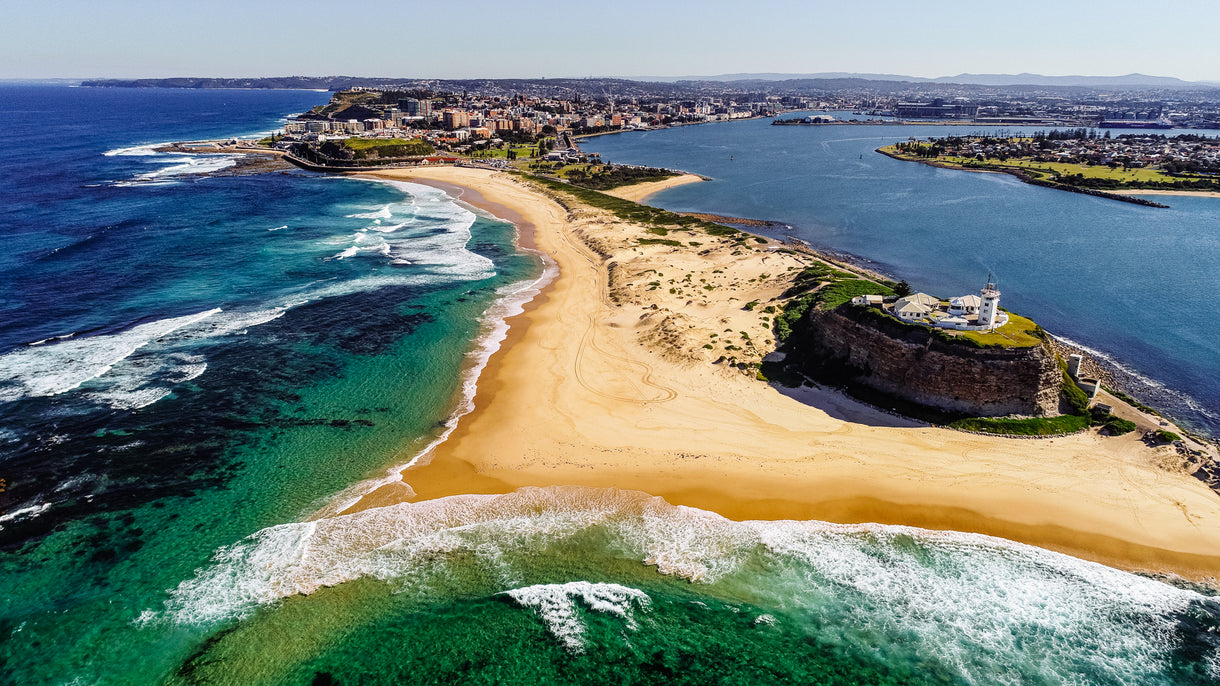
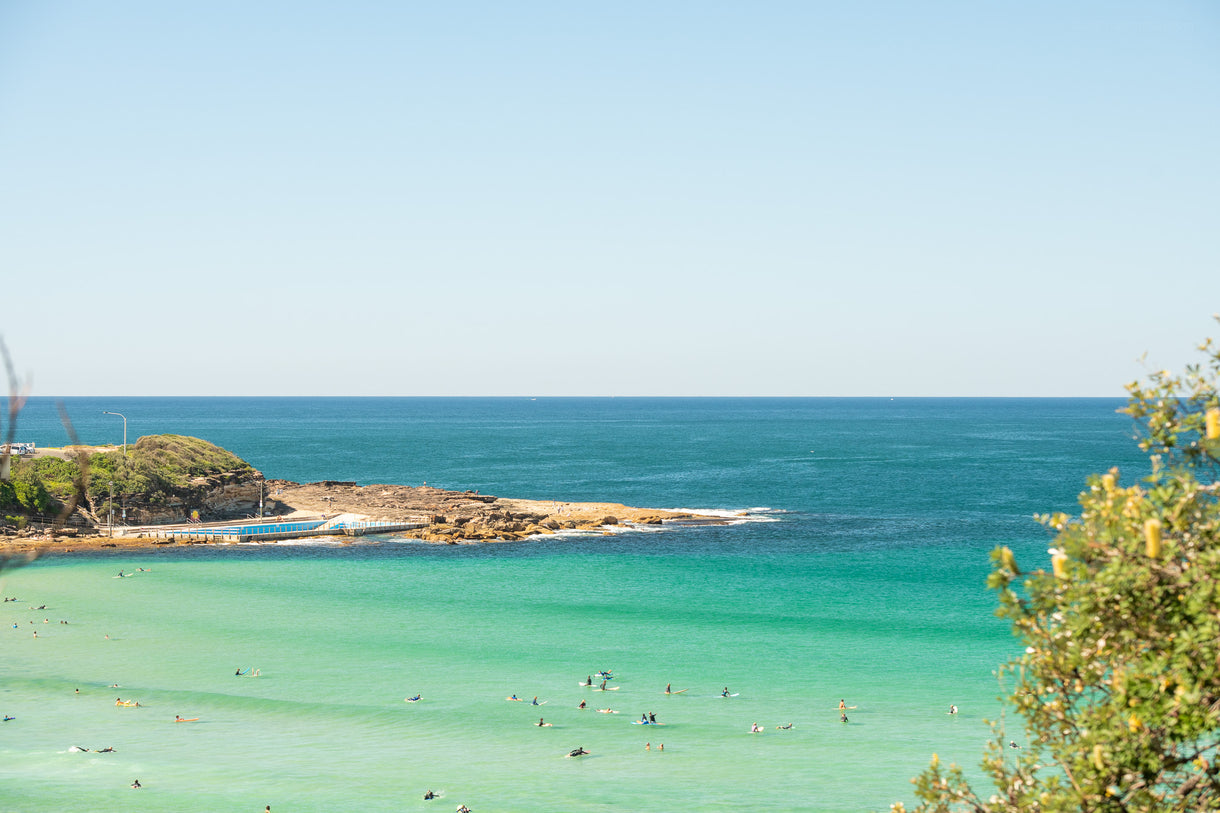
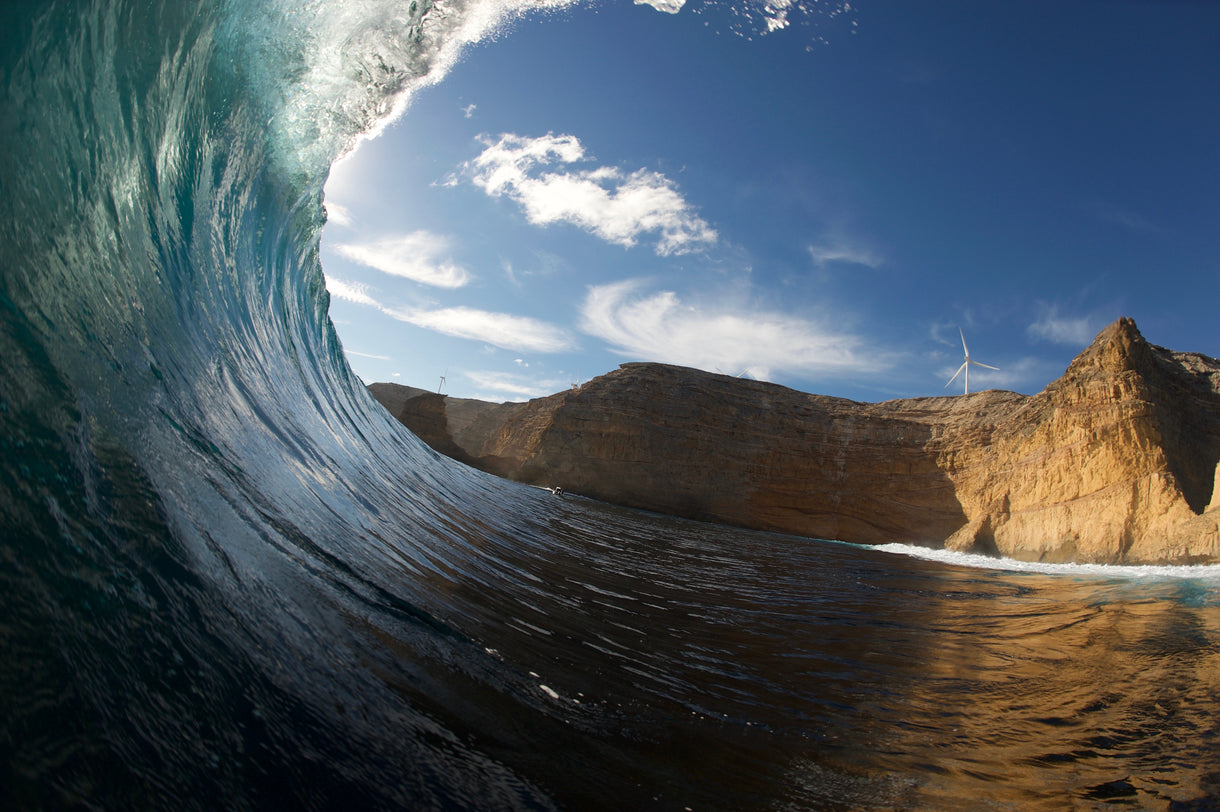
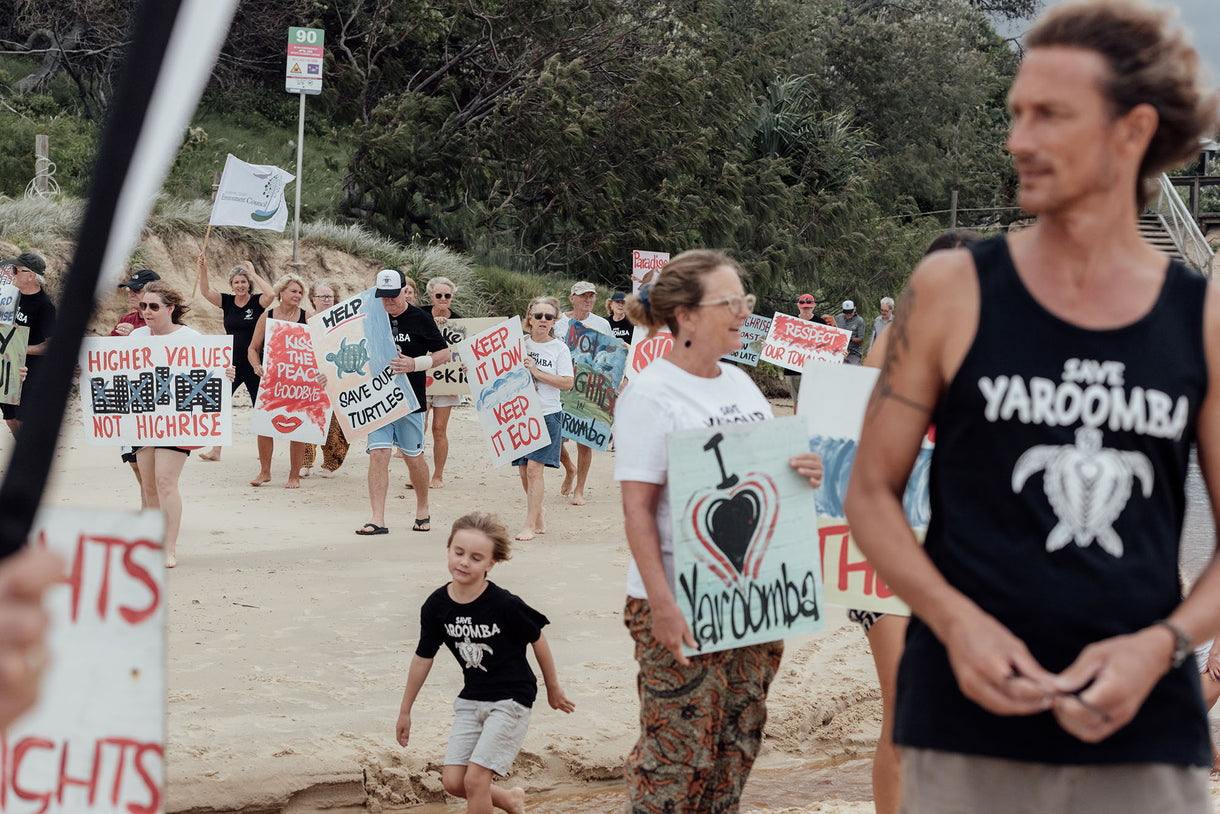
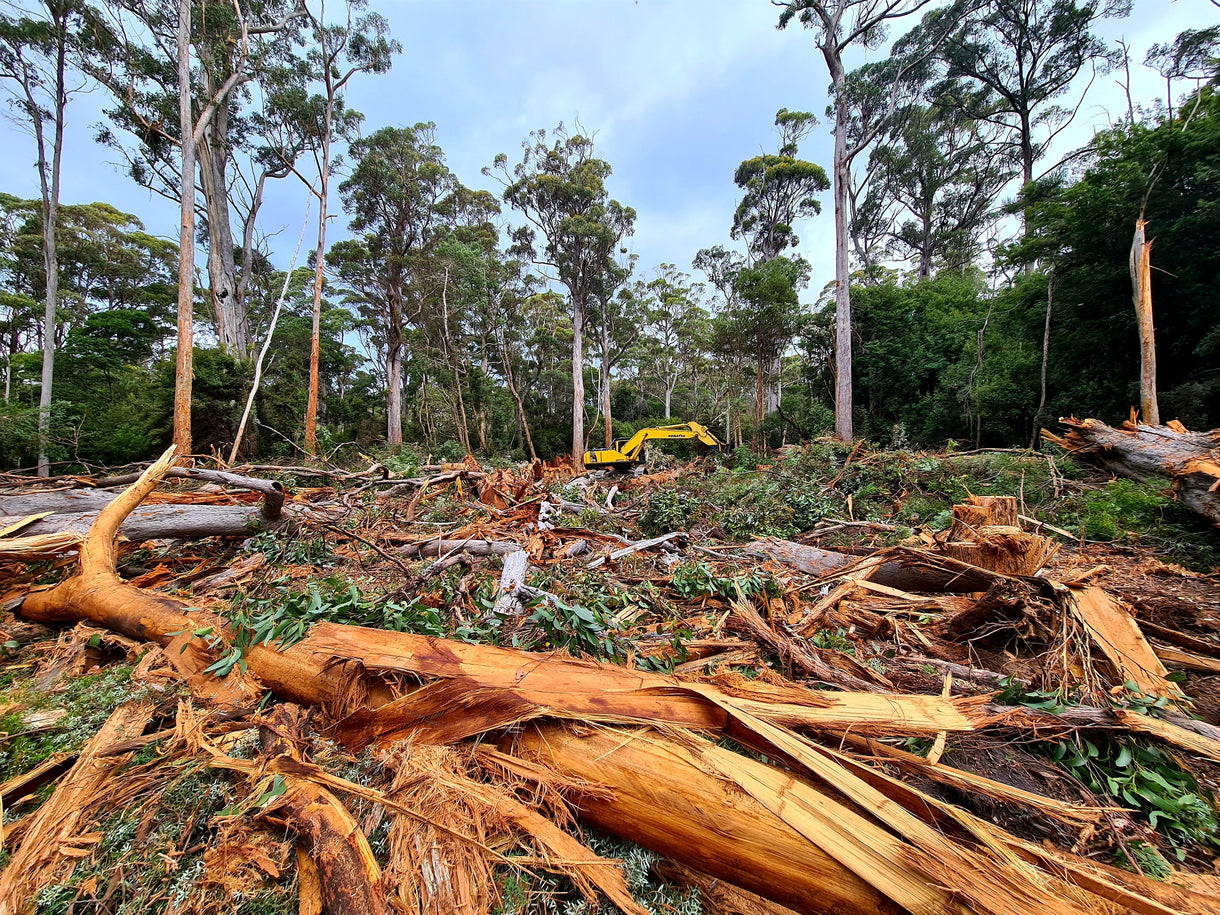
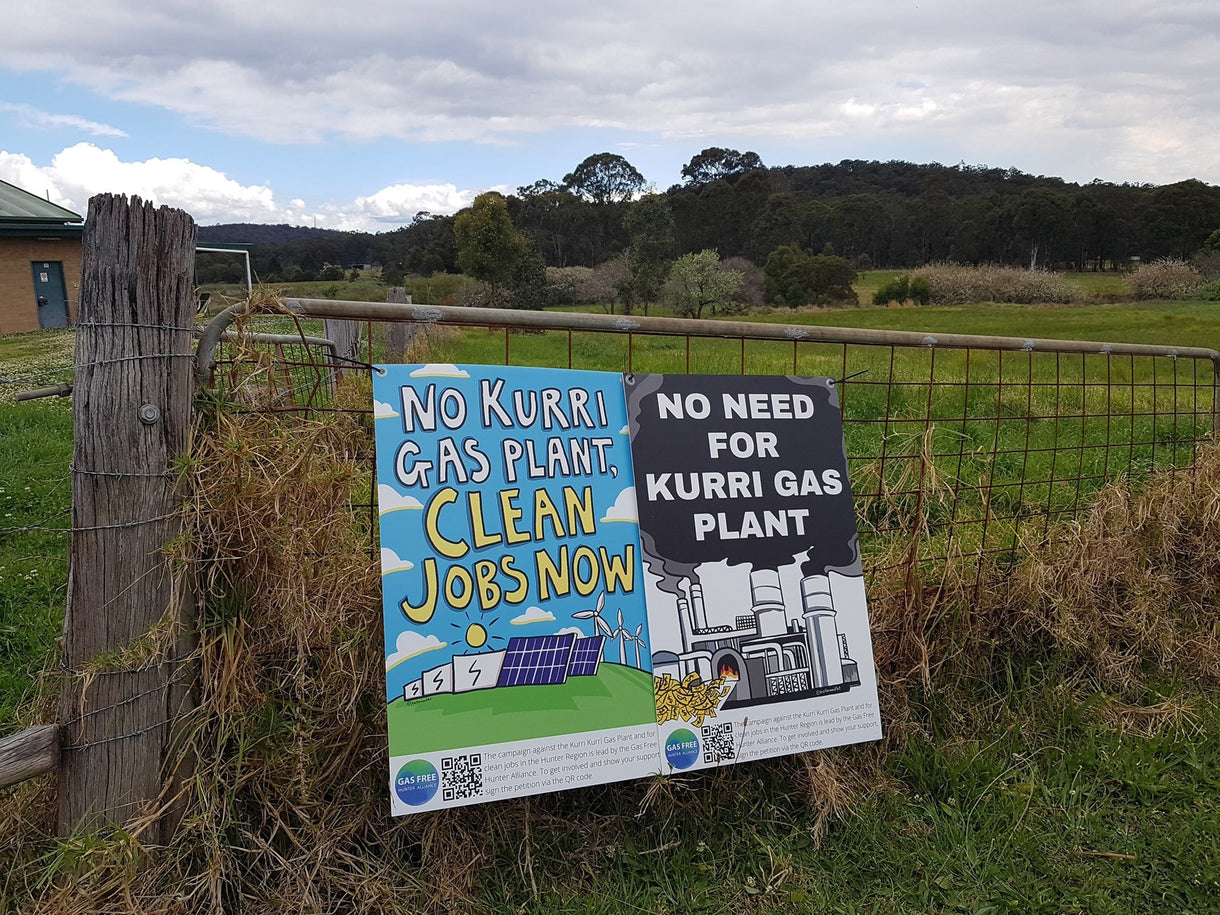
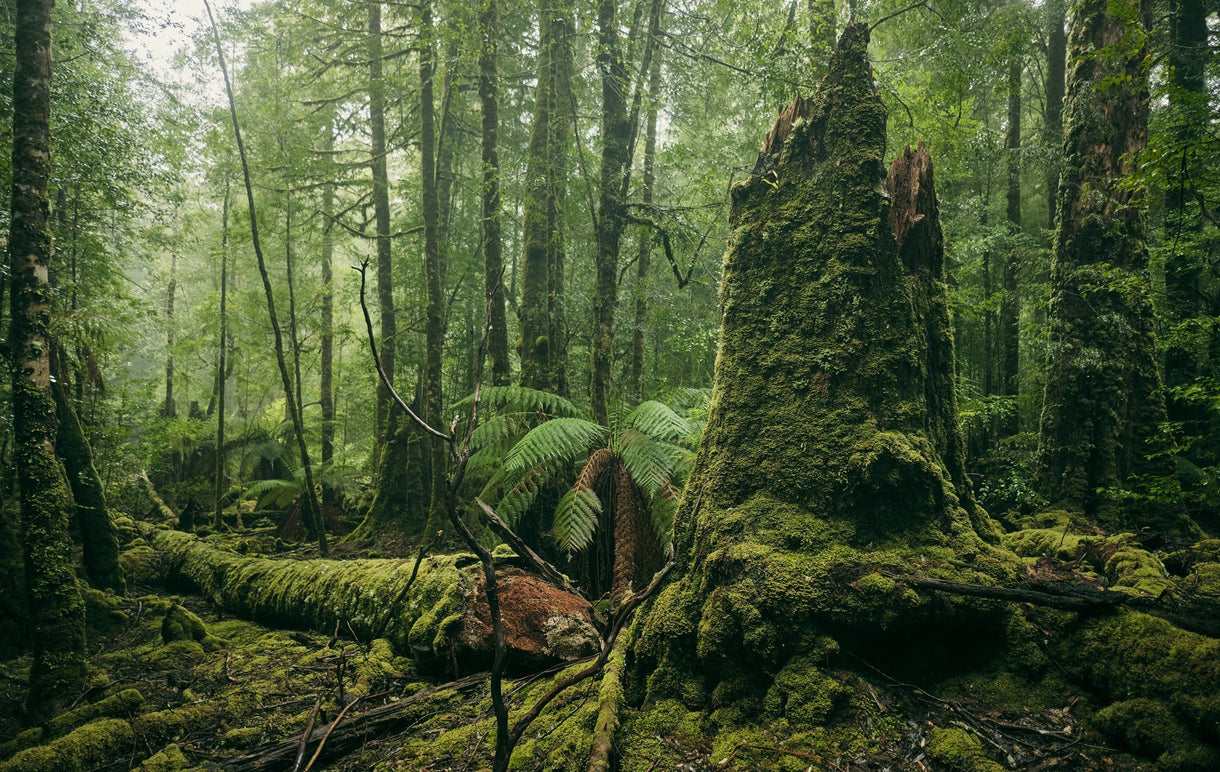
![Today was a huge victory for coastal communities between Sydney and Newcastle. [Front] Damien Cole, Belinda Baggs, Drew McPherson and Asha Niddrie. Photo Zoe Strapp](http://www.patagonia.com.au/cdn/shop/articles/strapp_z_AUS_000142_b147f38f-4f28-4e66-a3ea-89fccd422484_1220x.jpg?v=1650419749)
